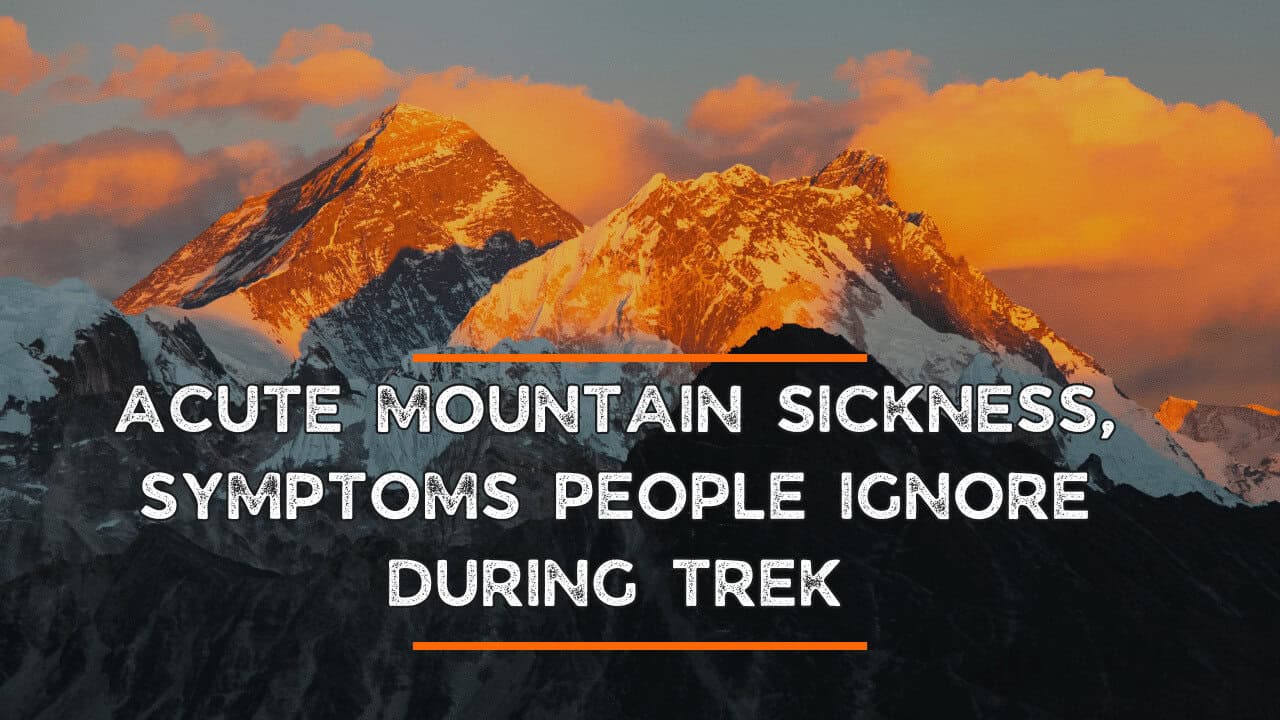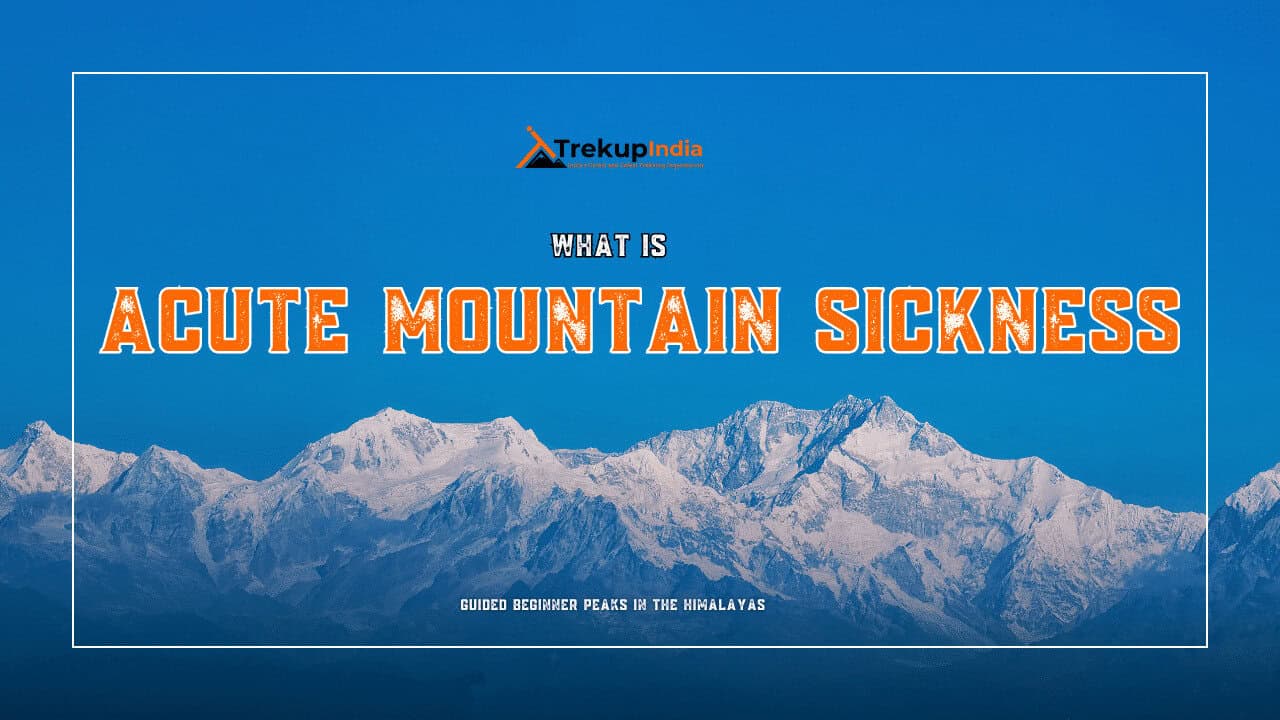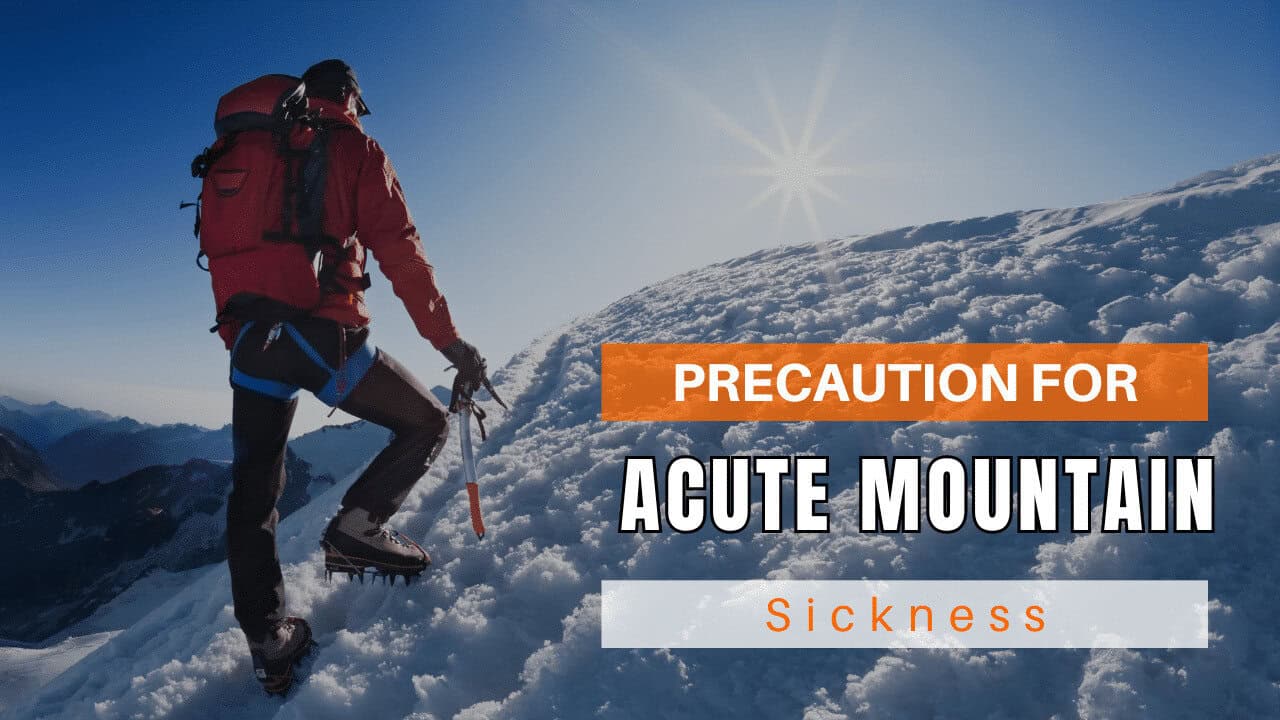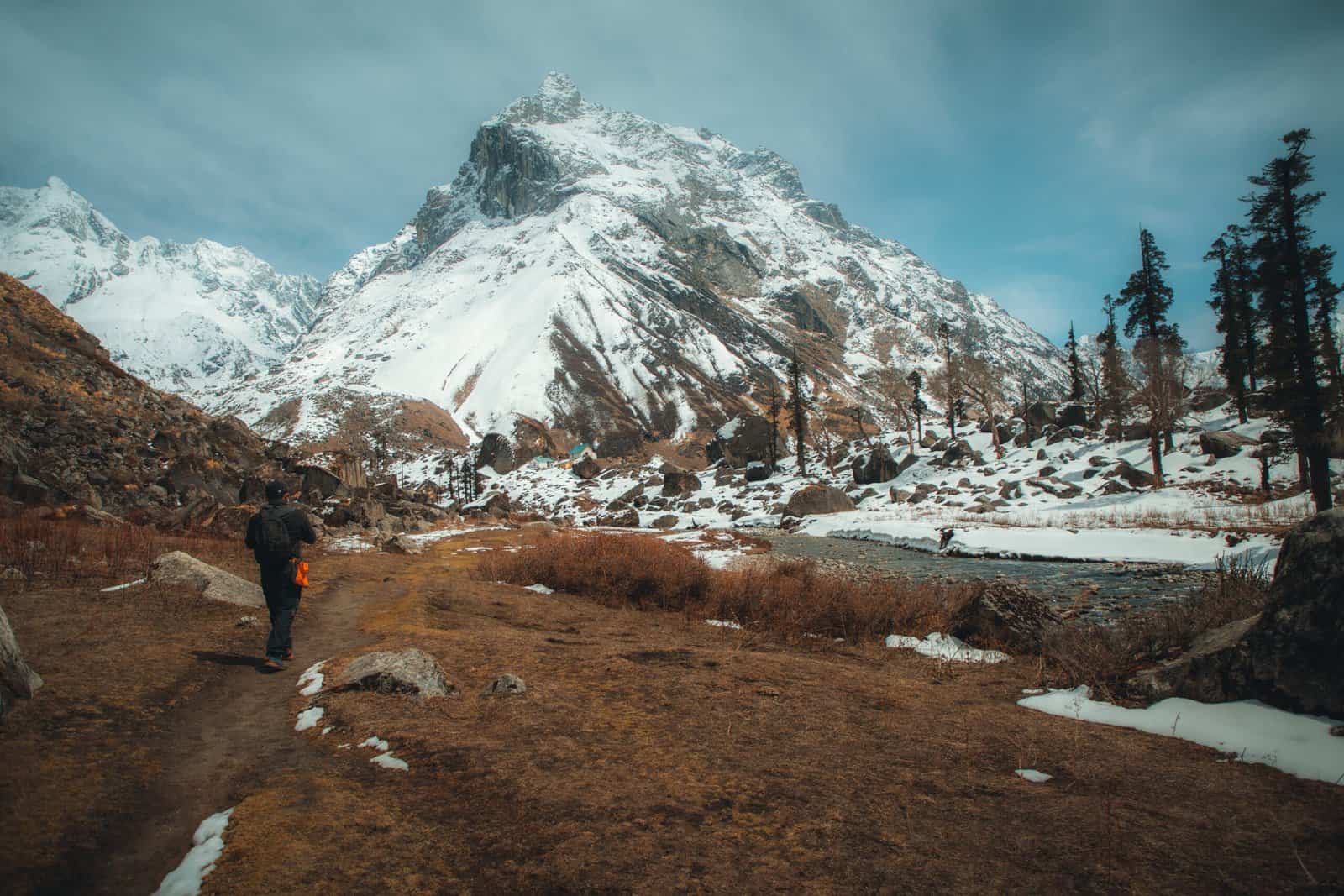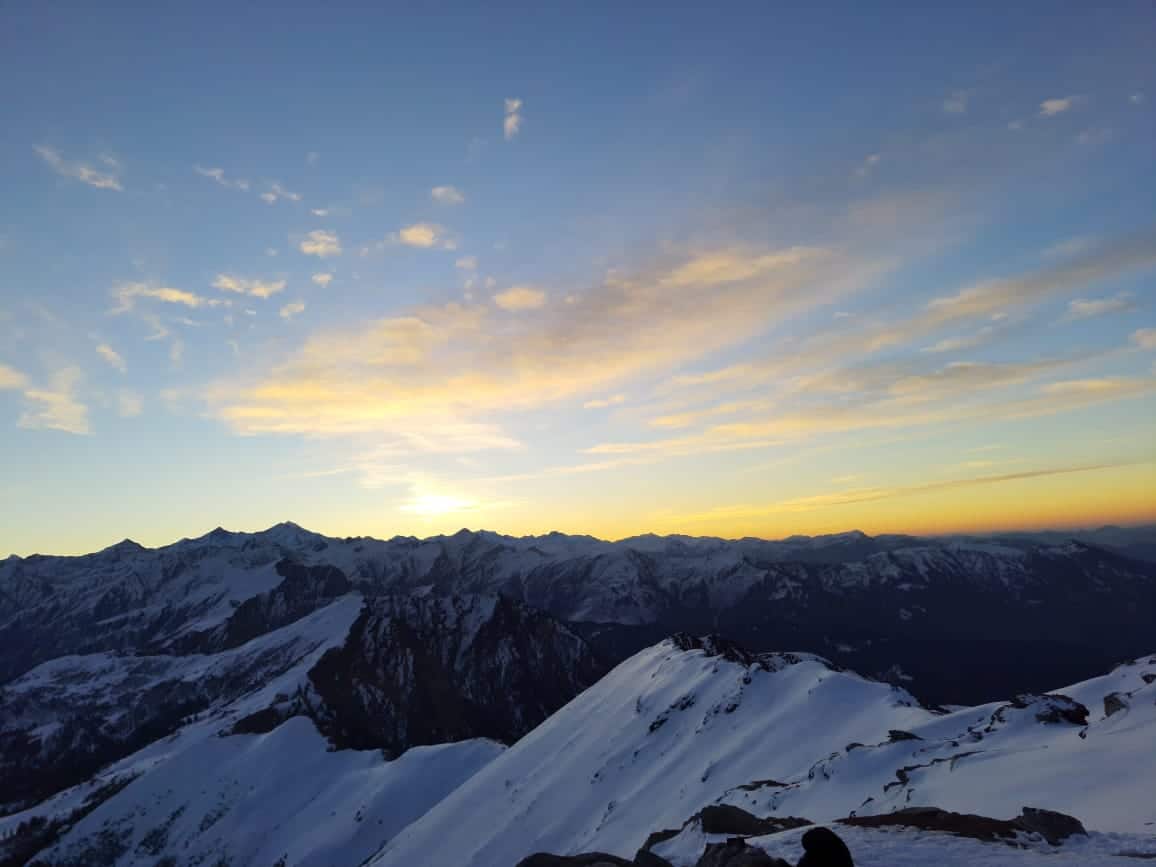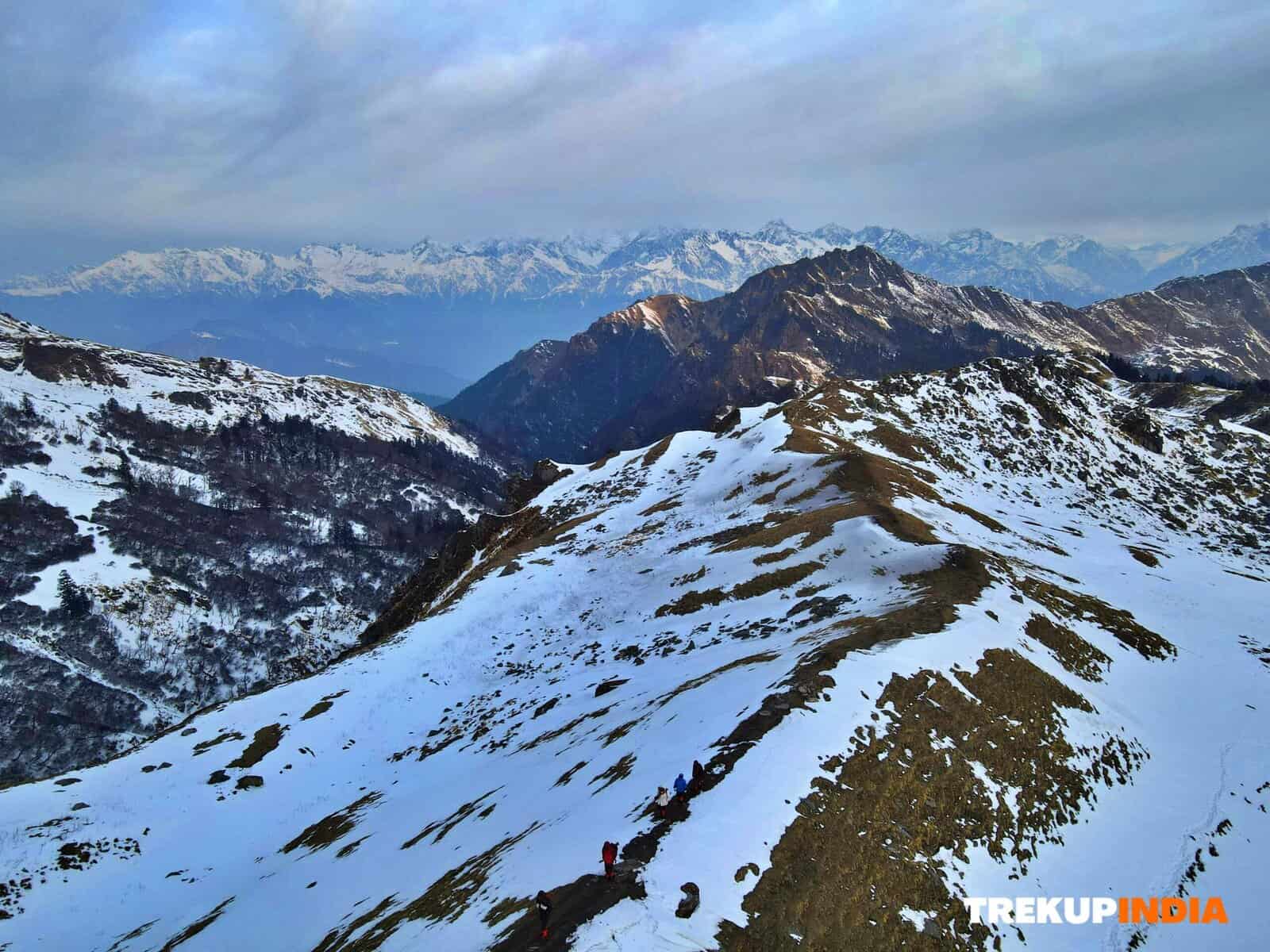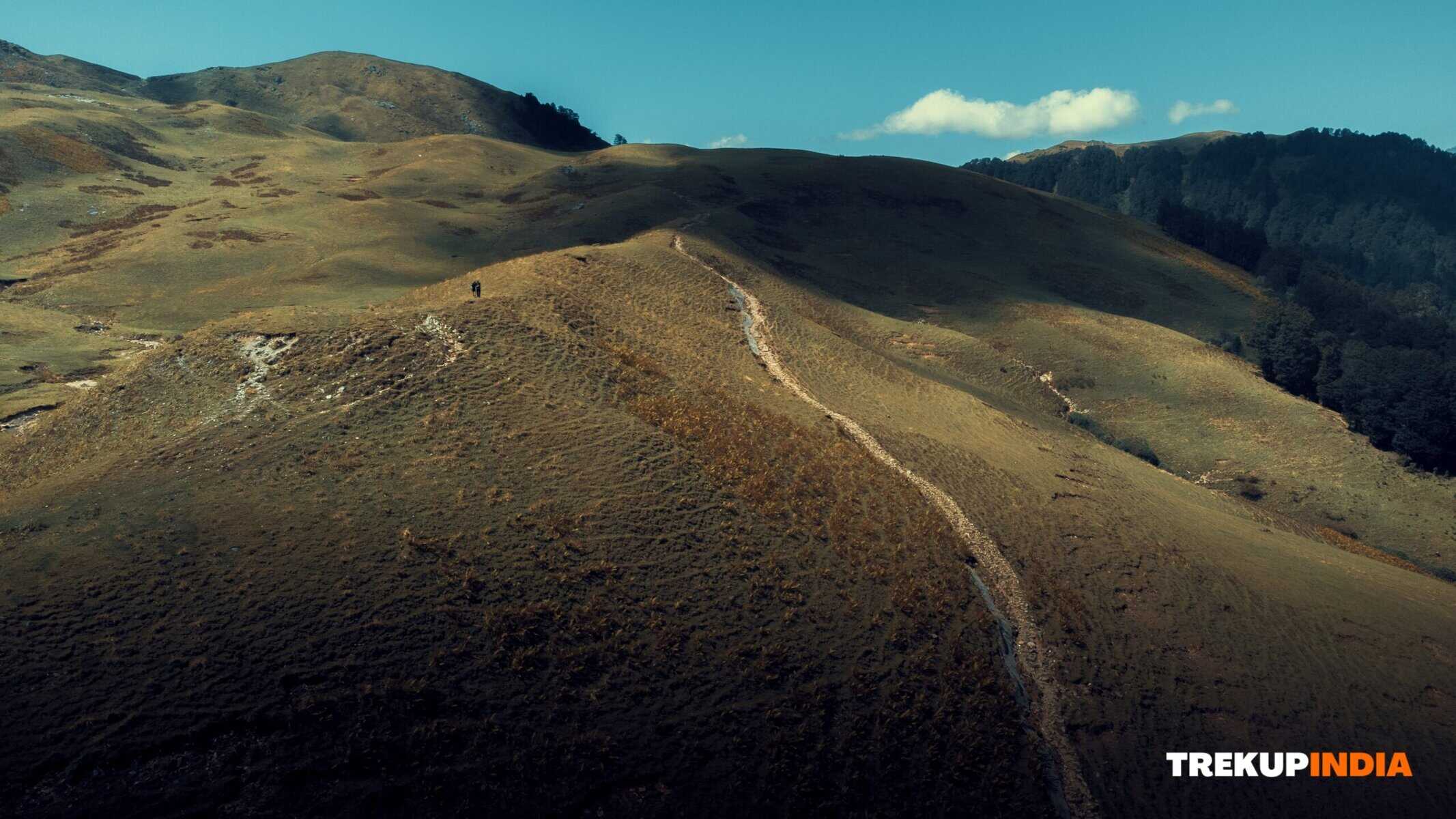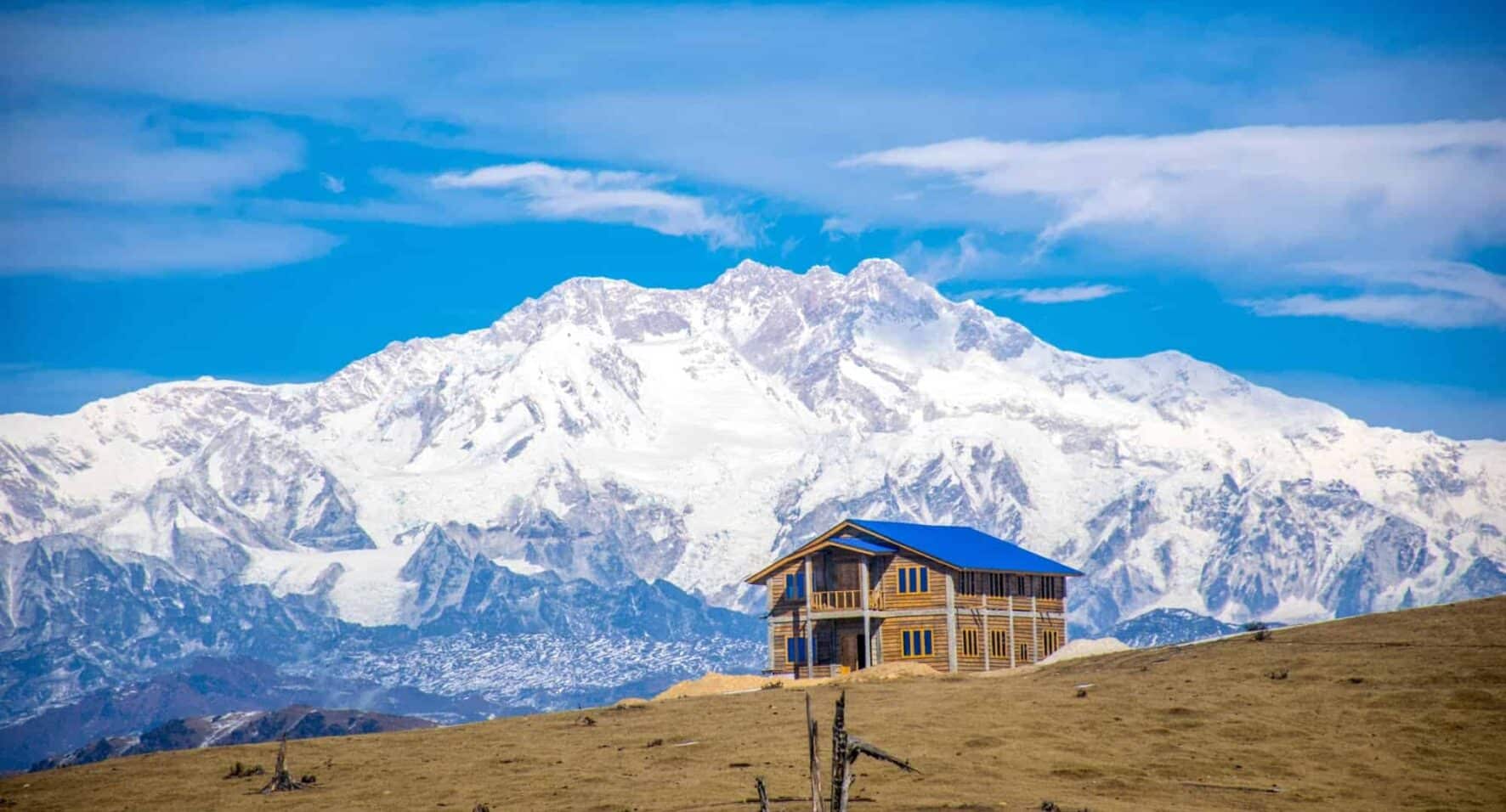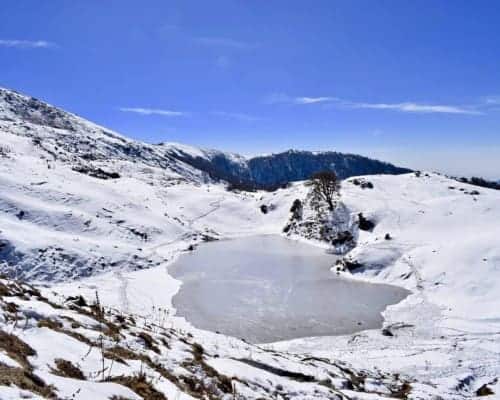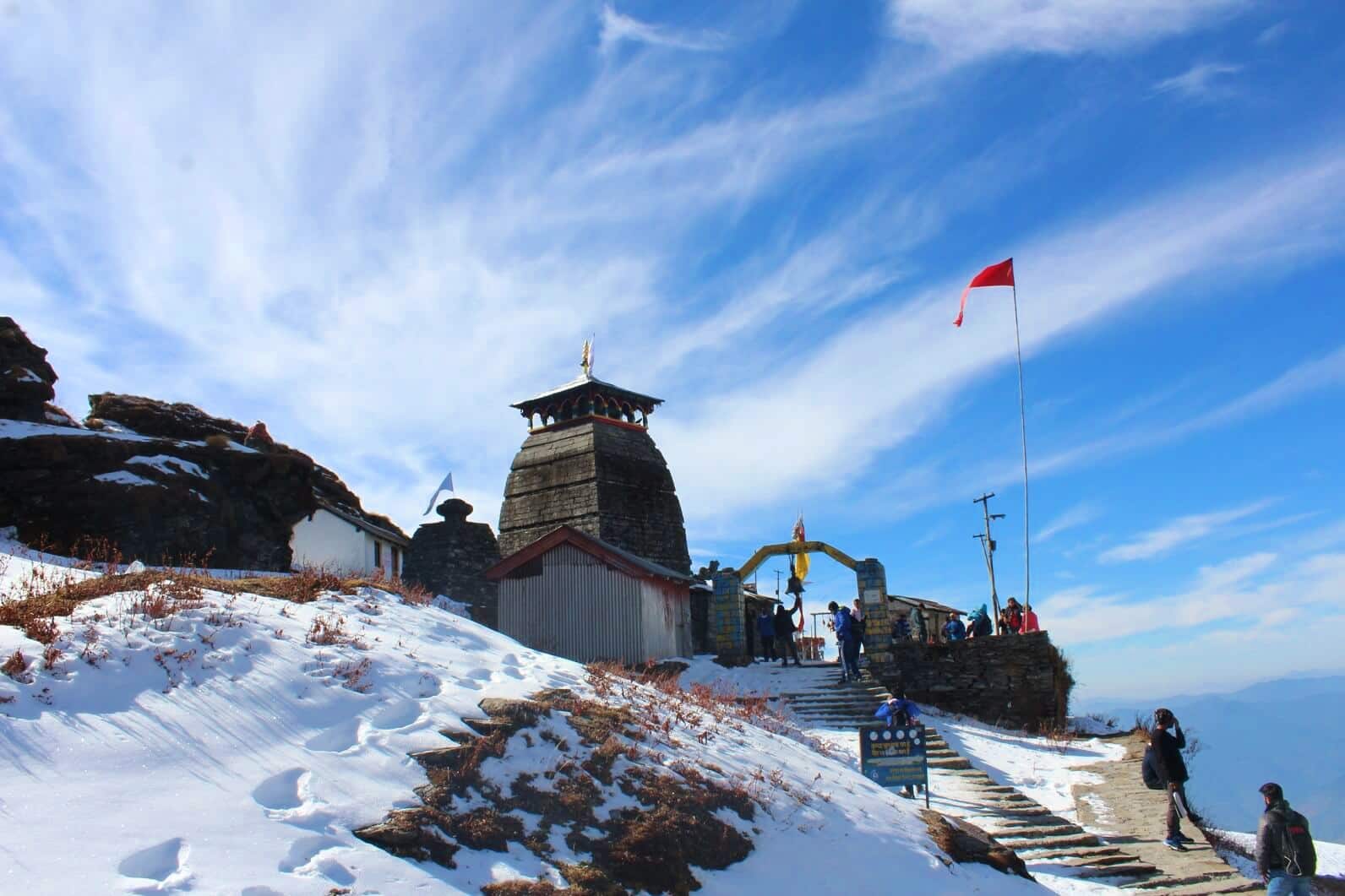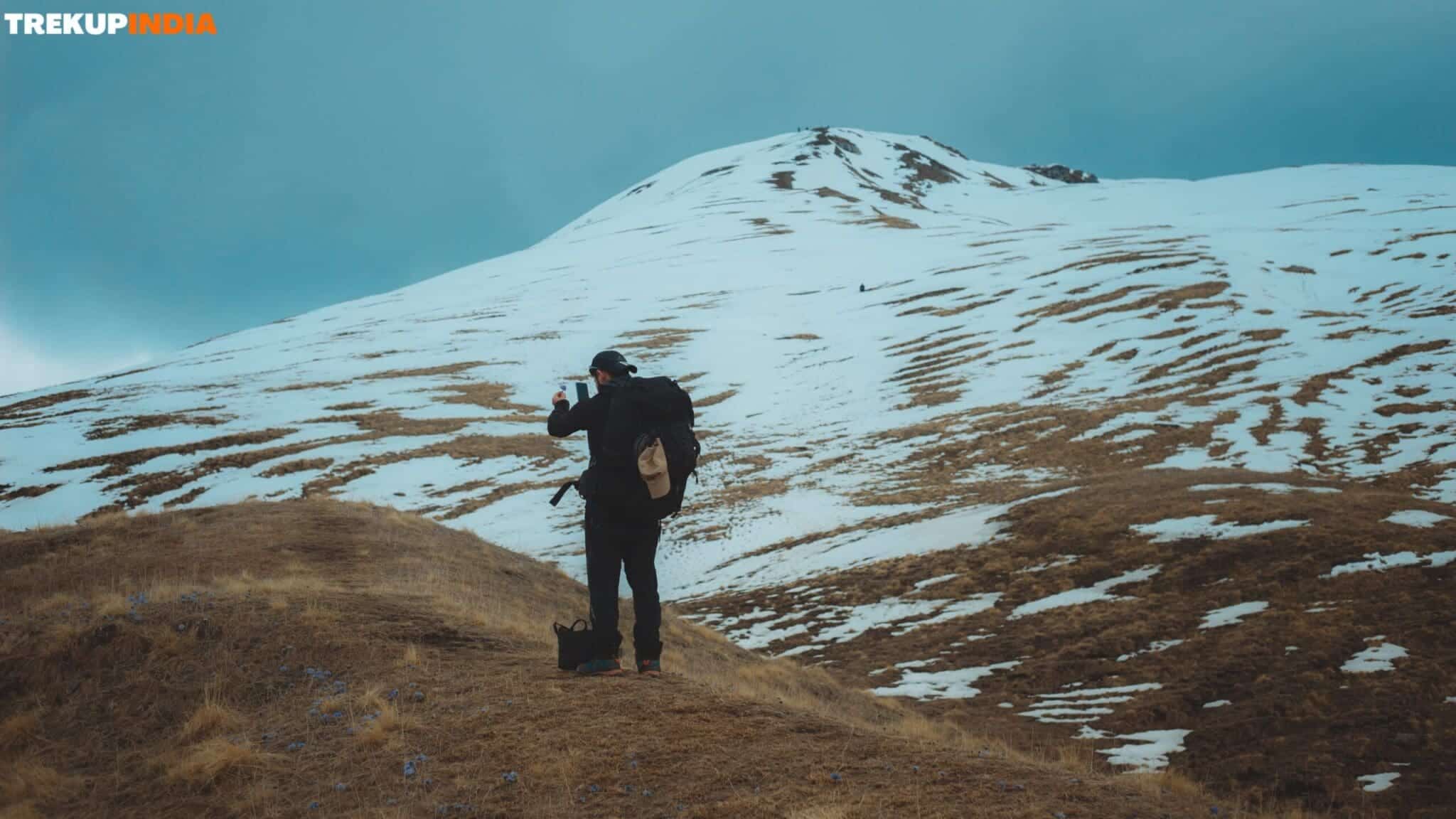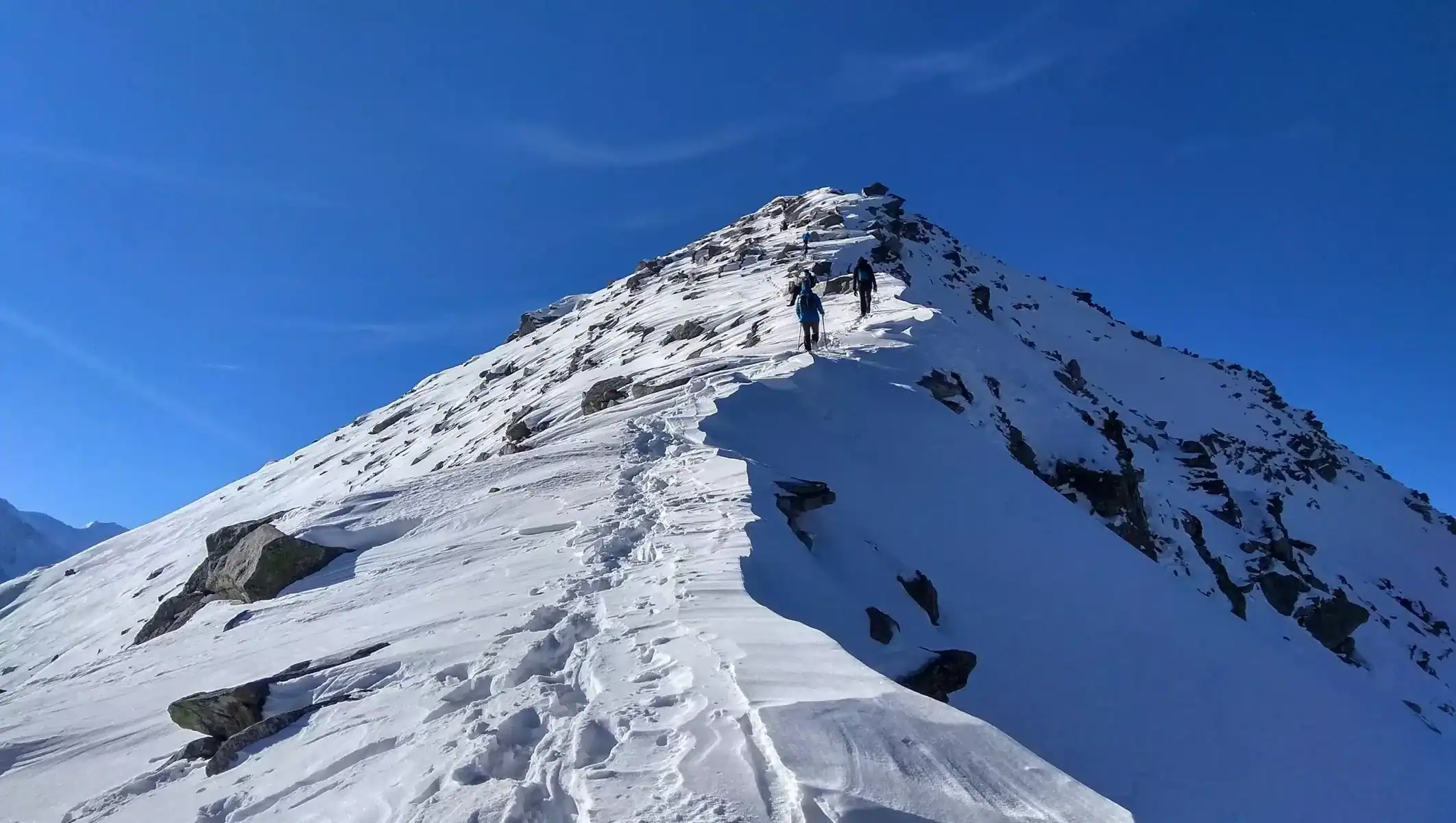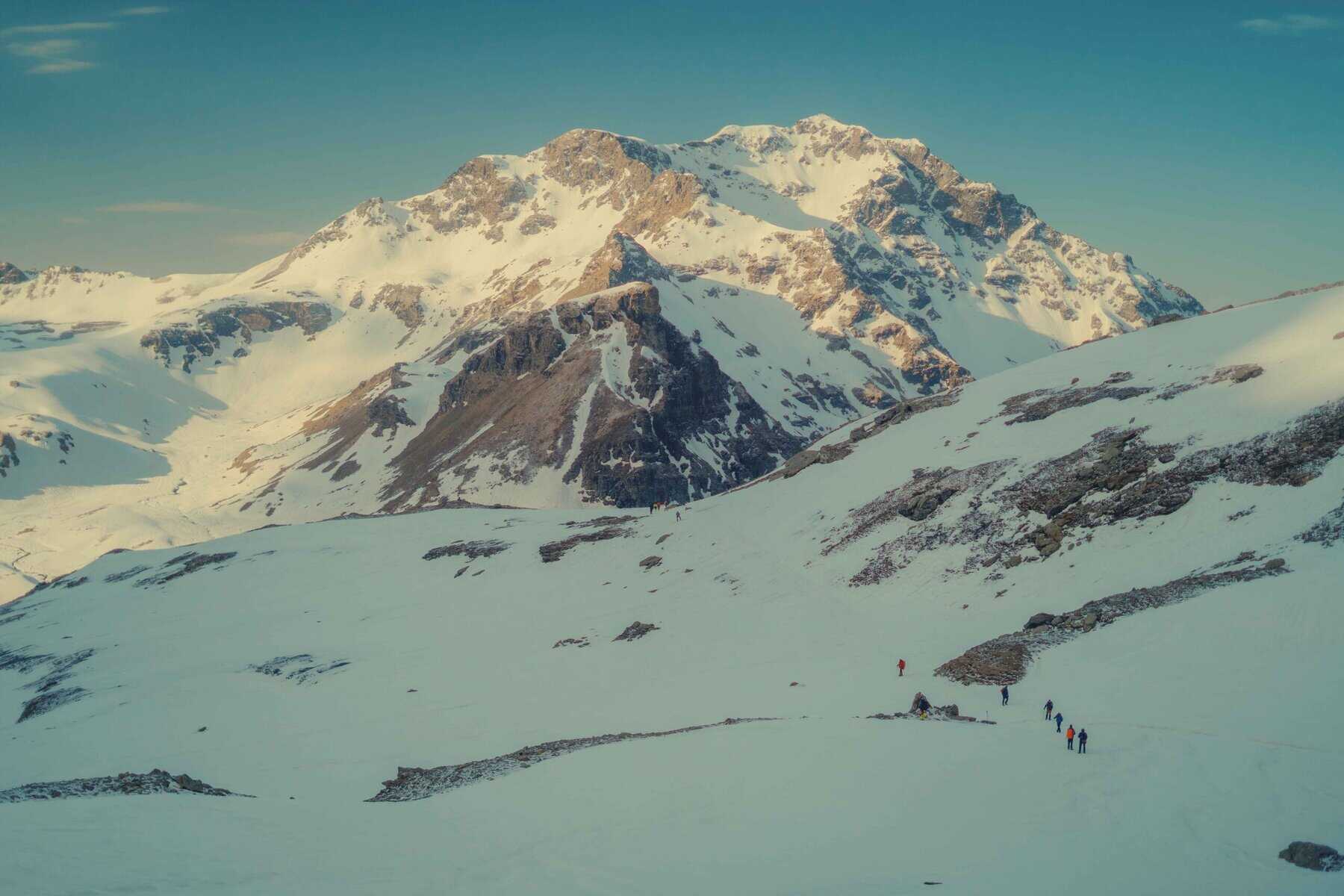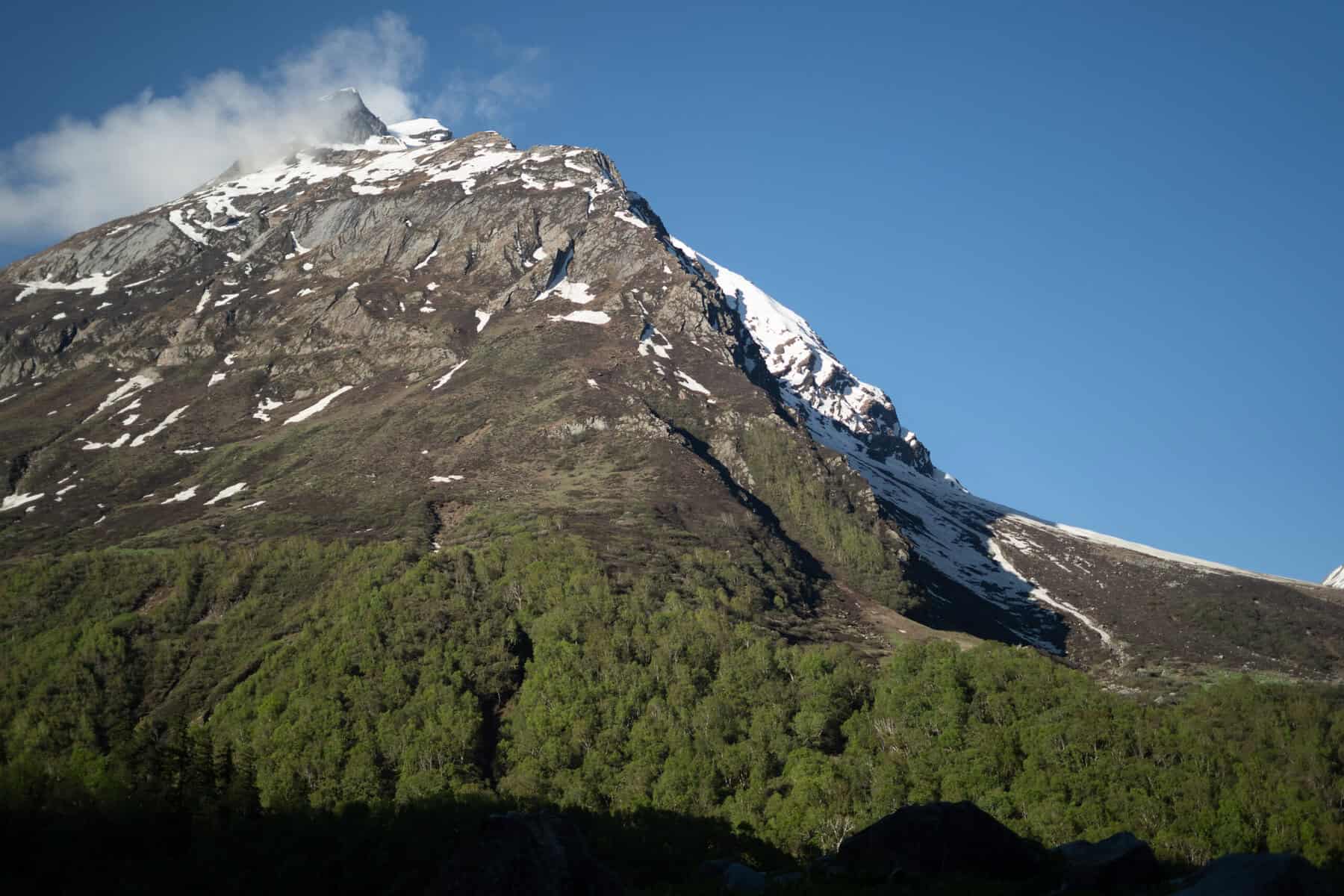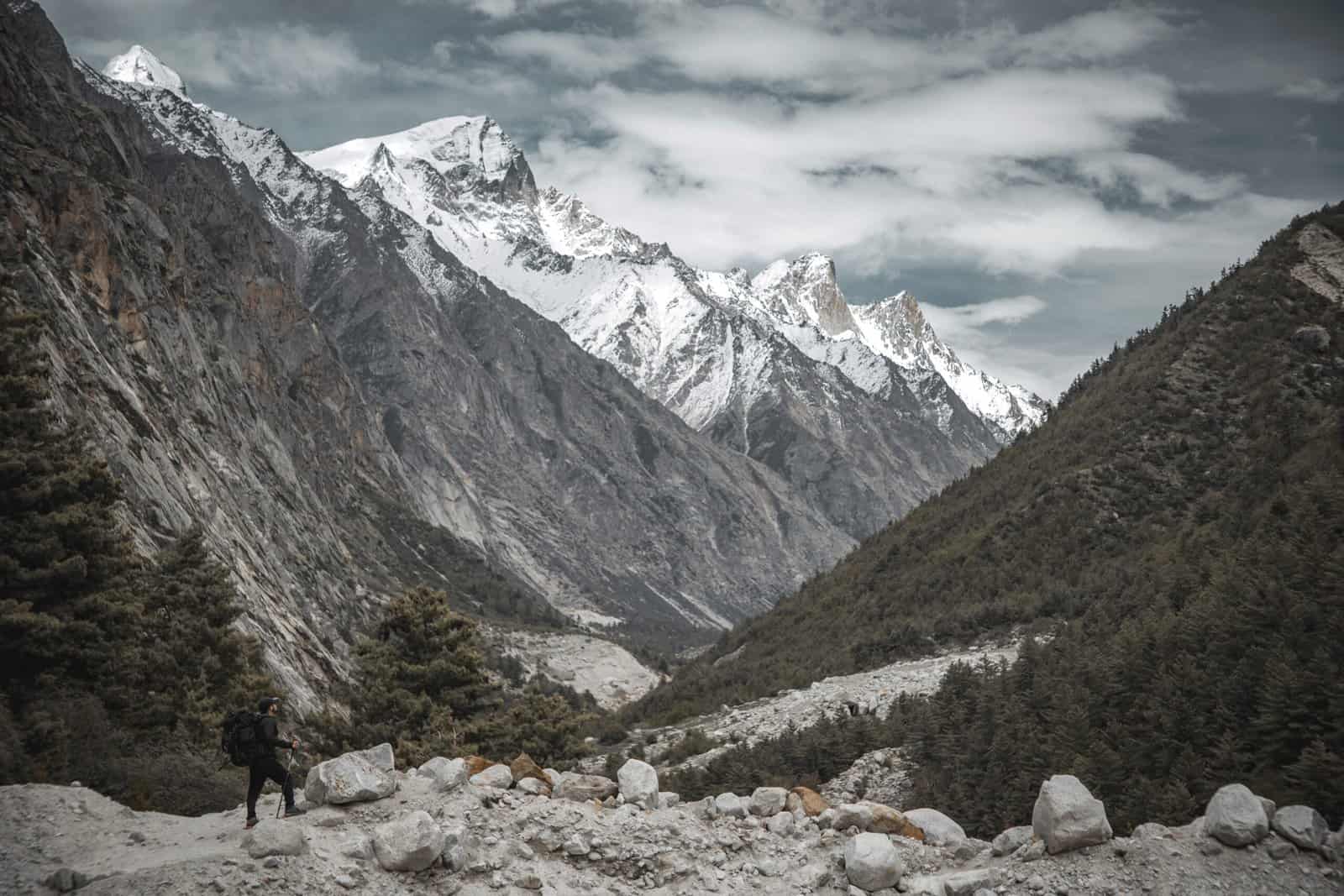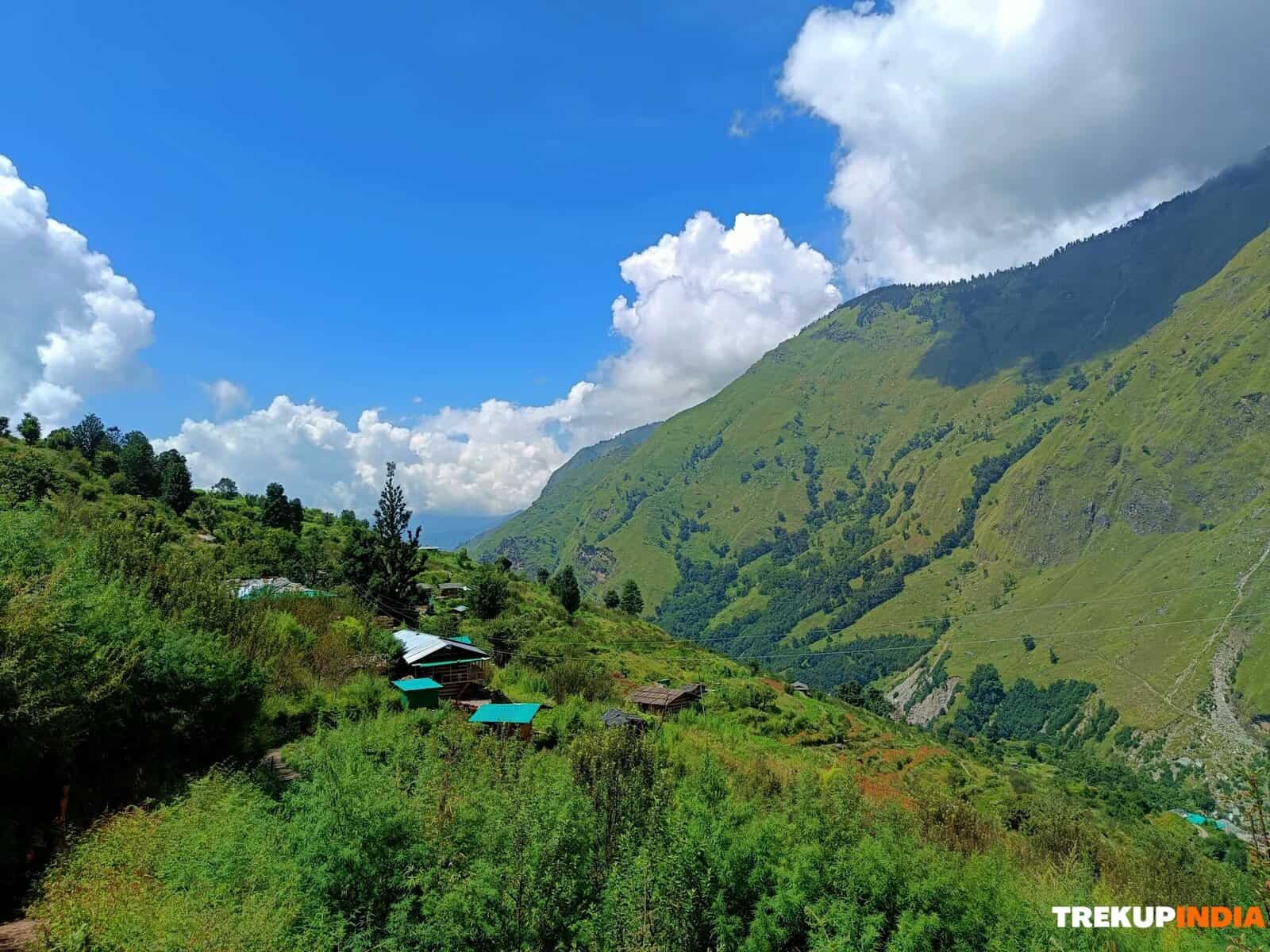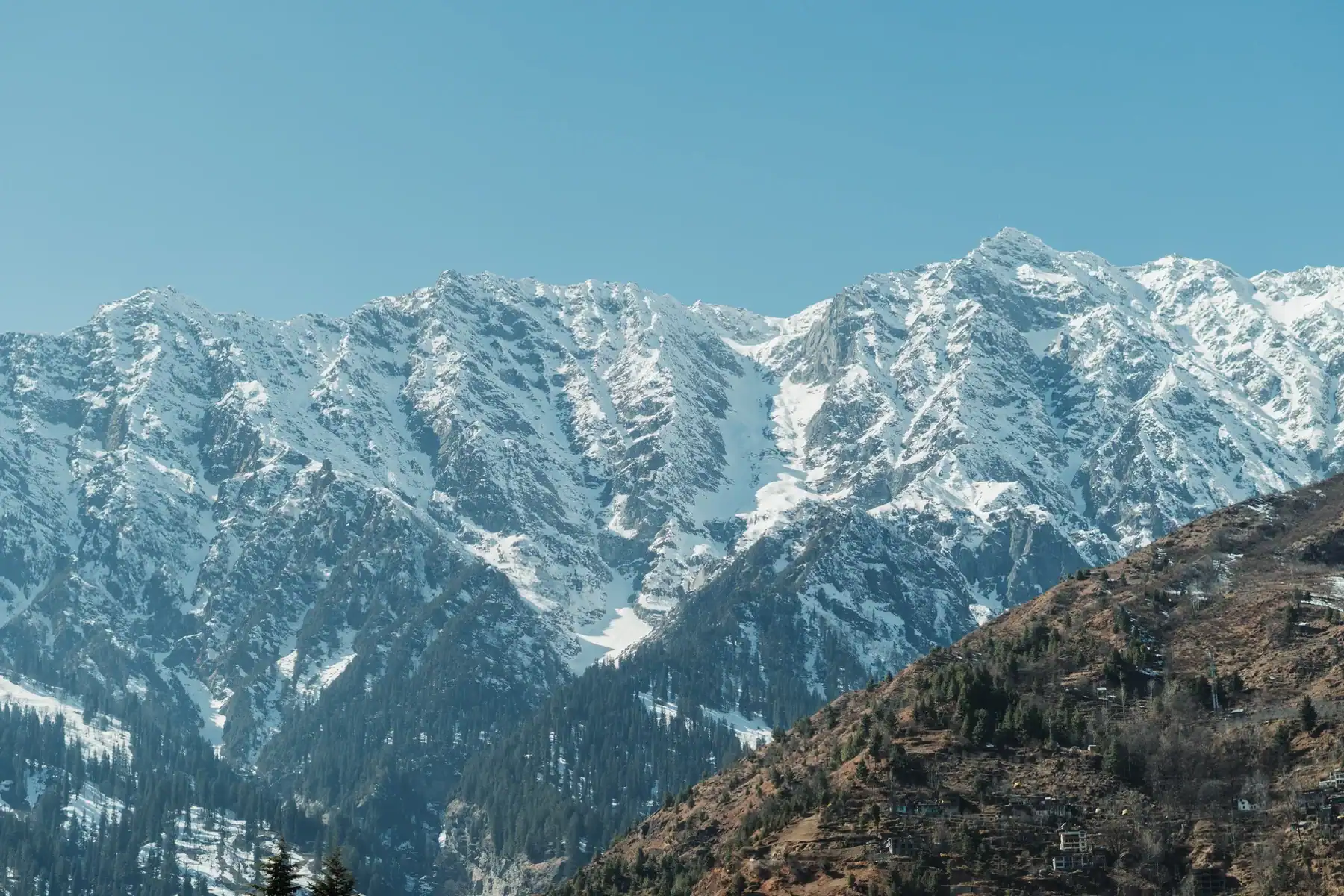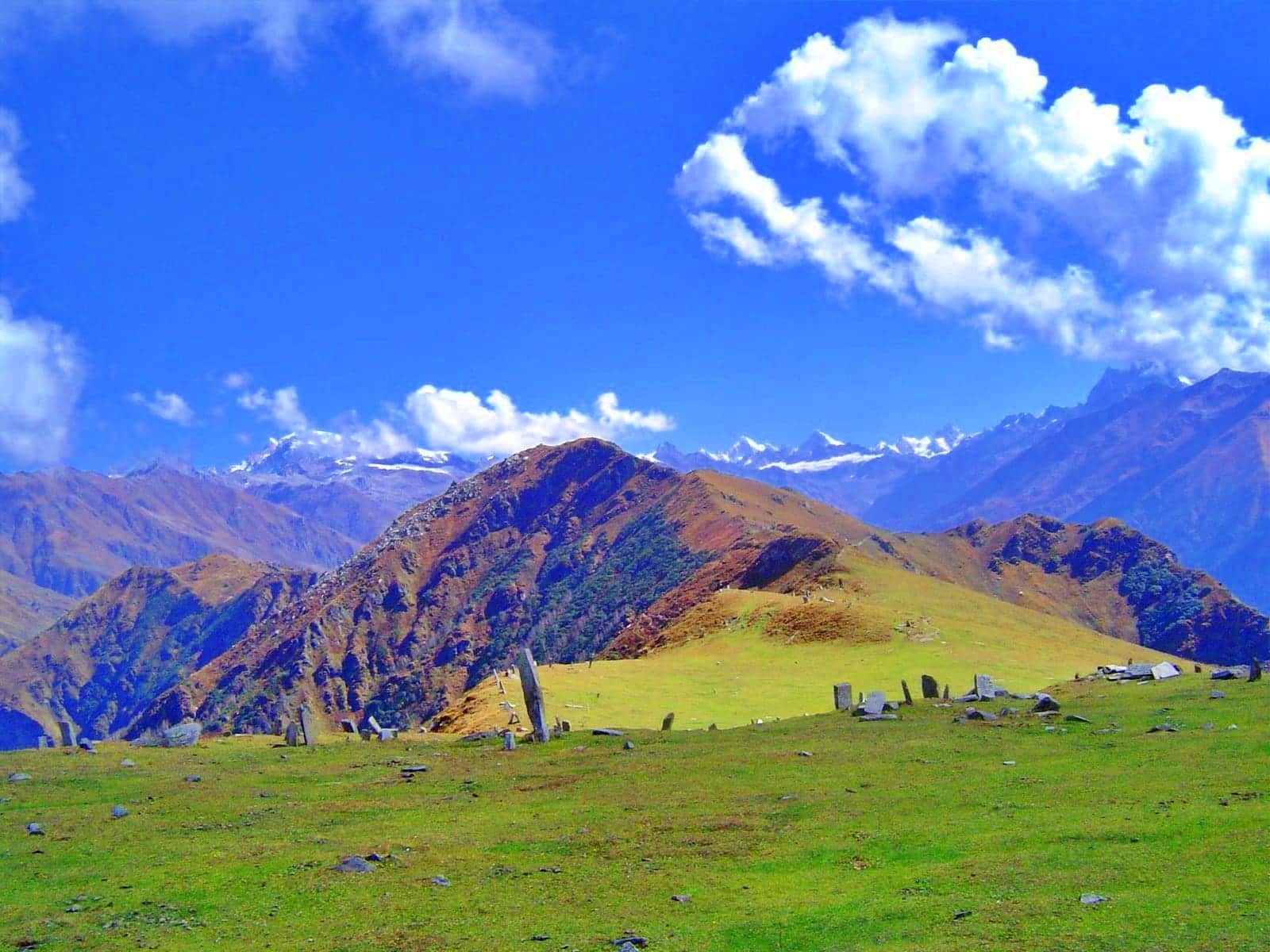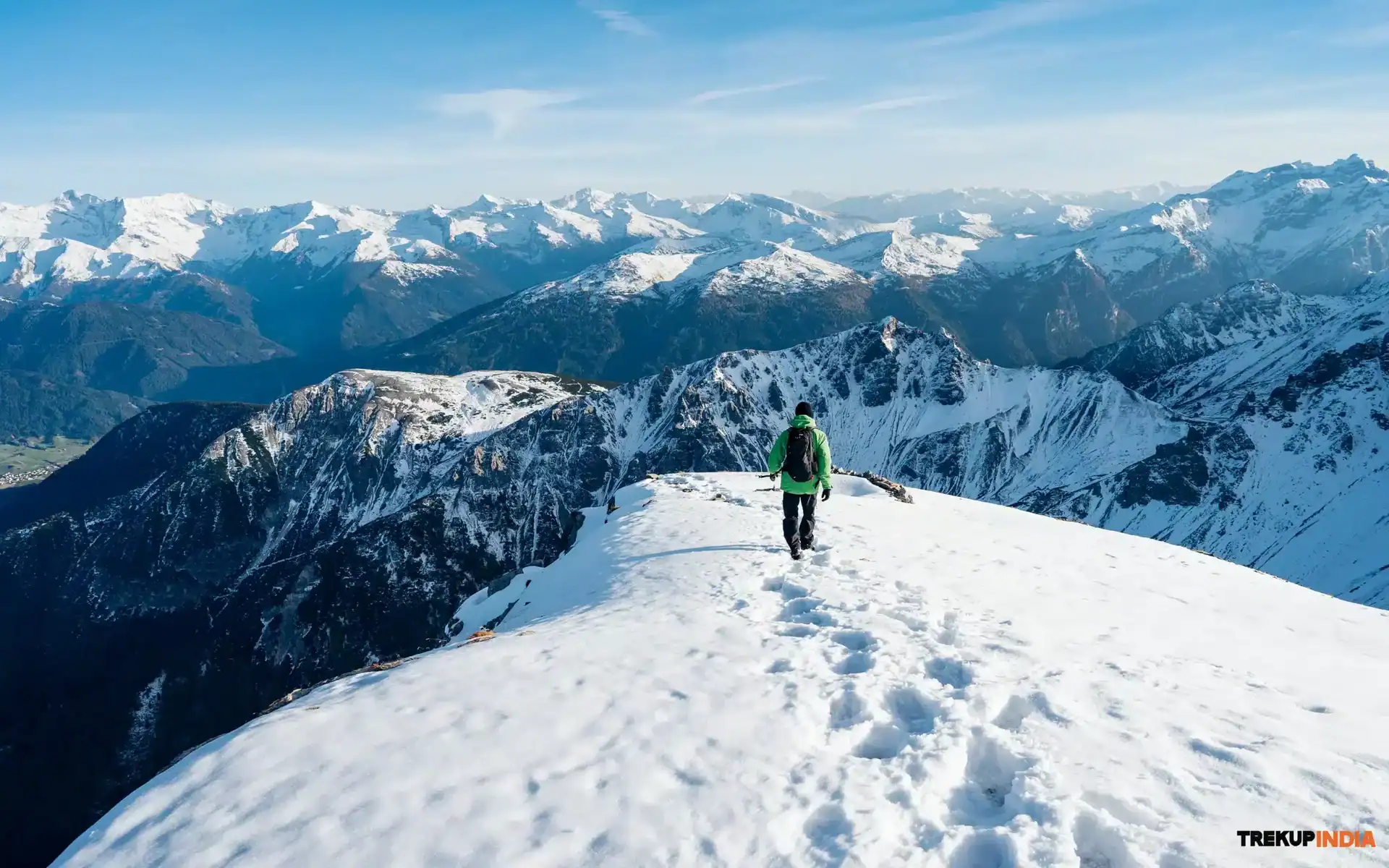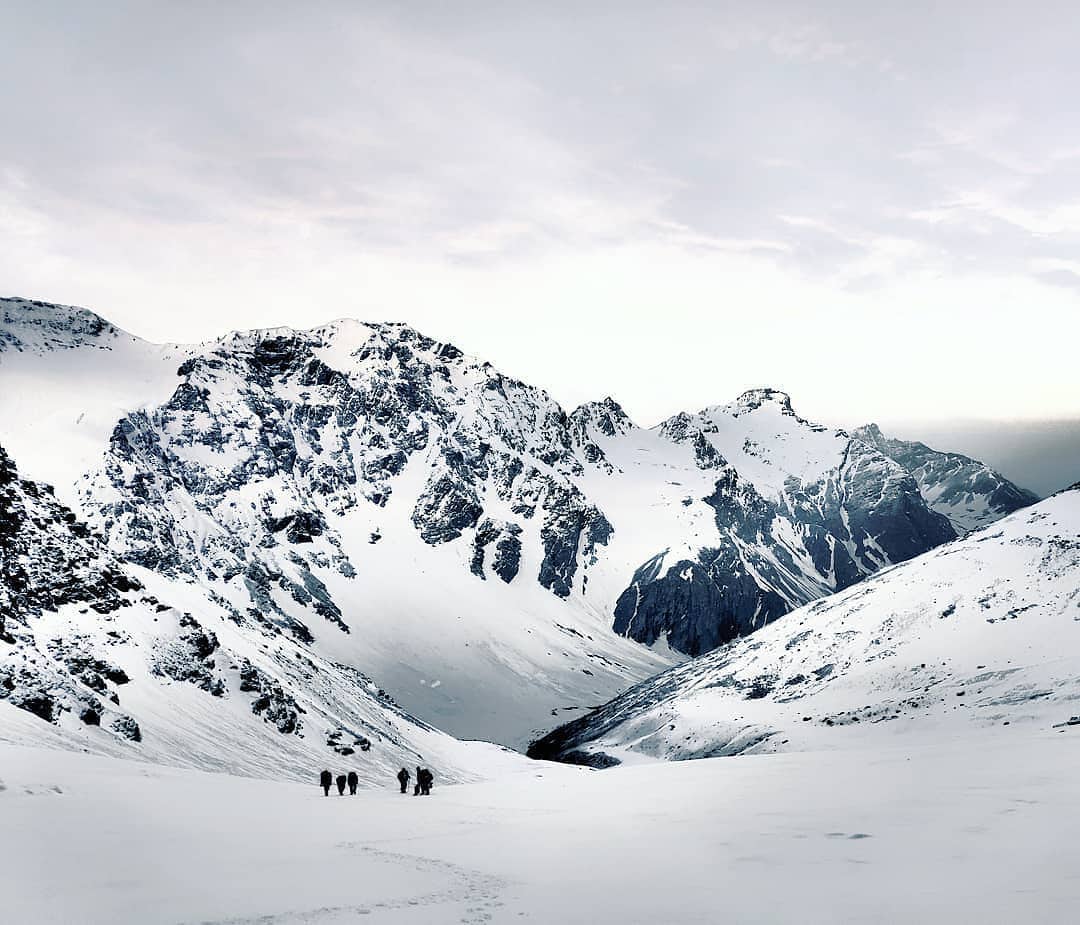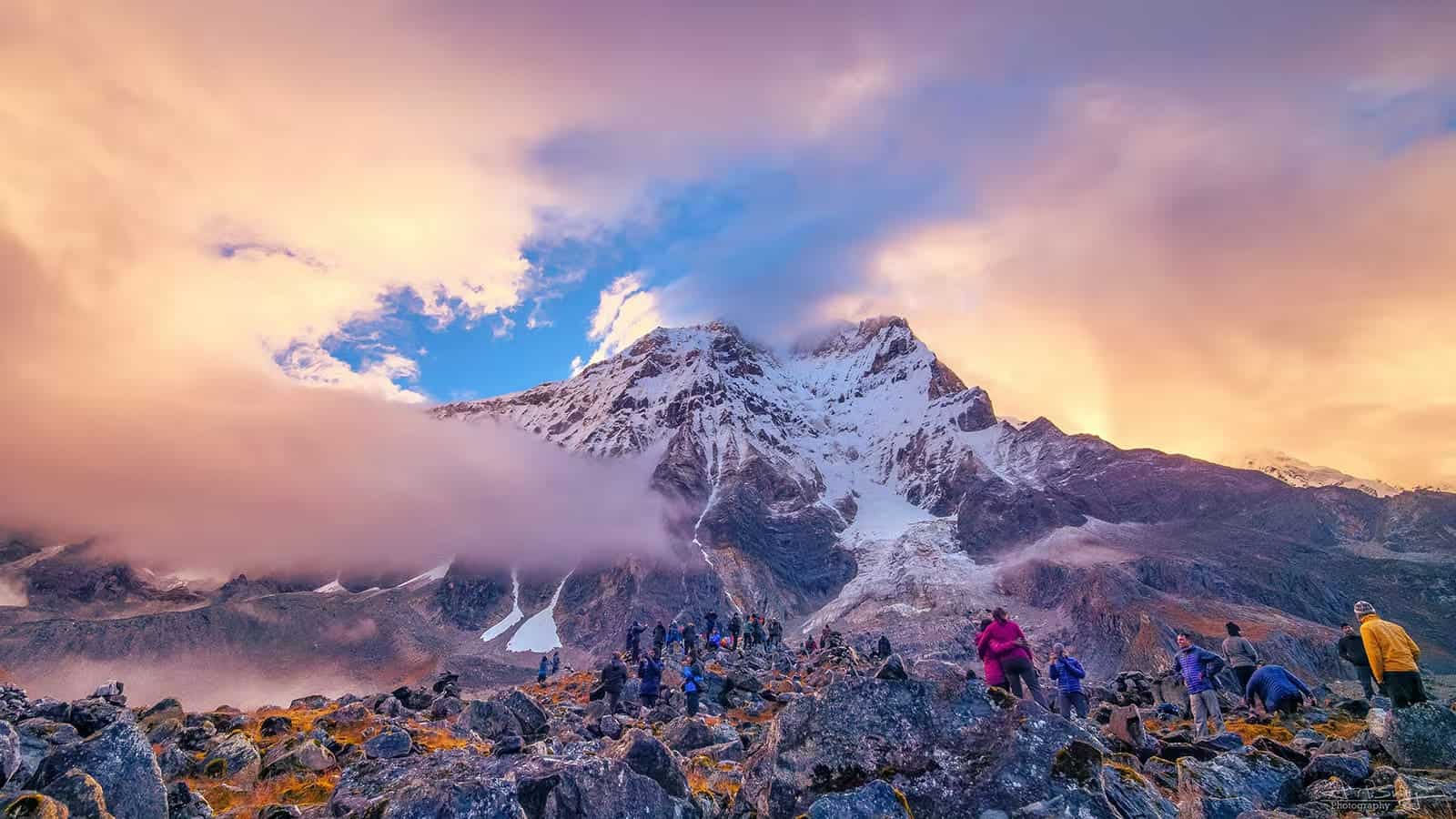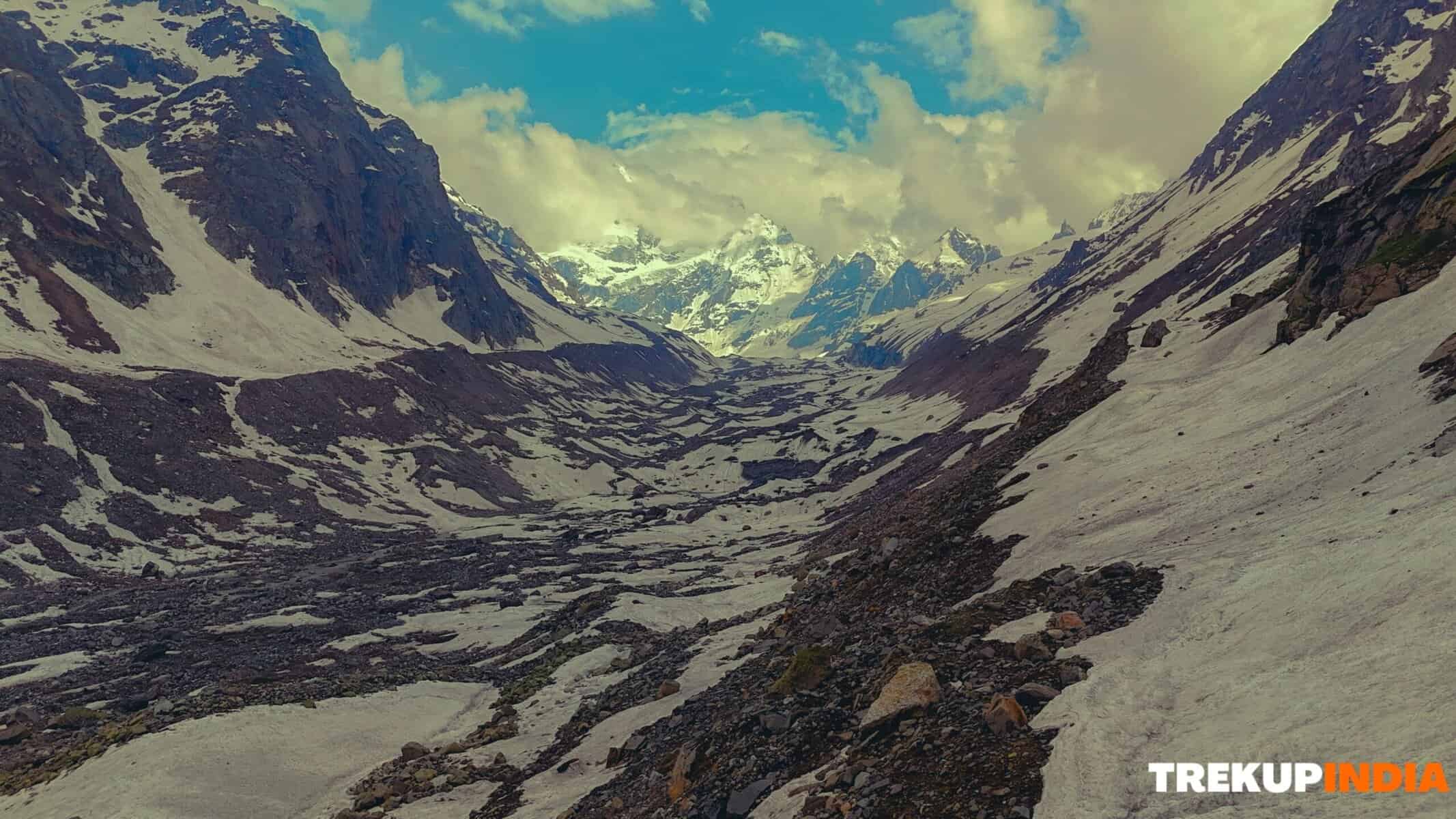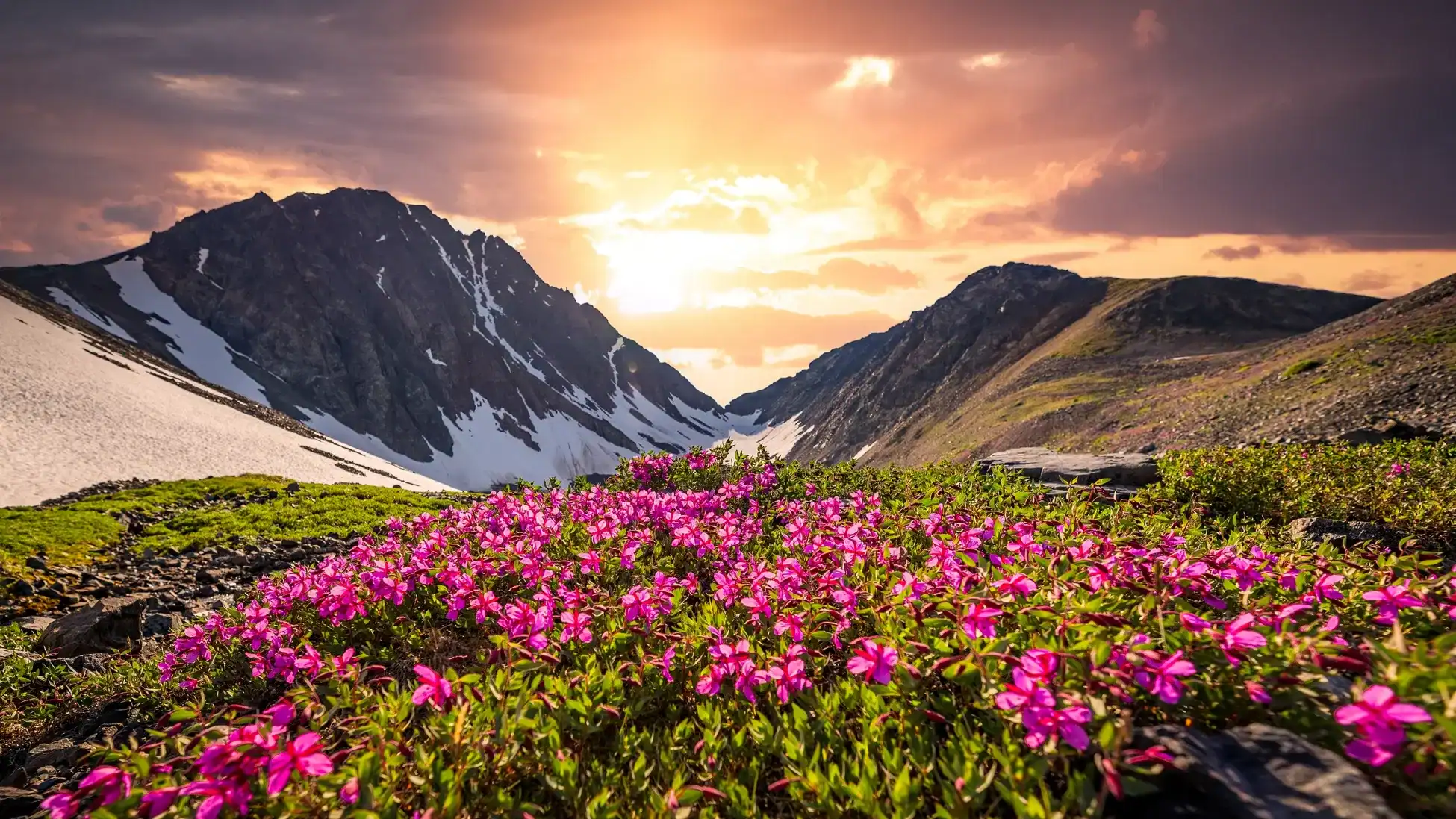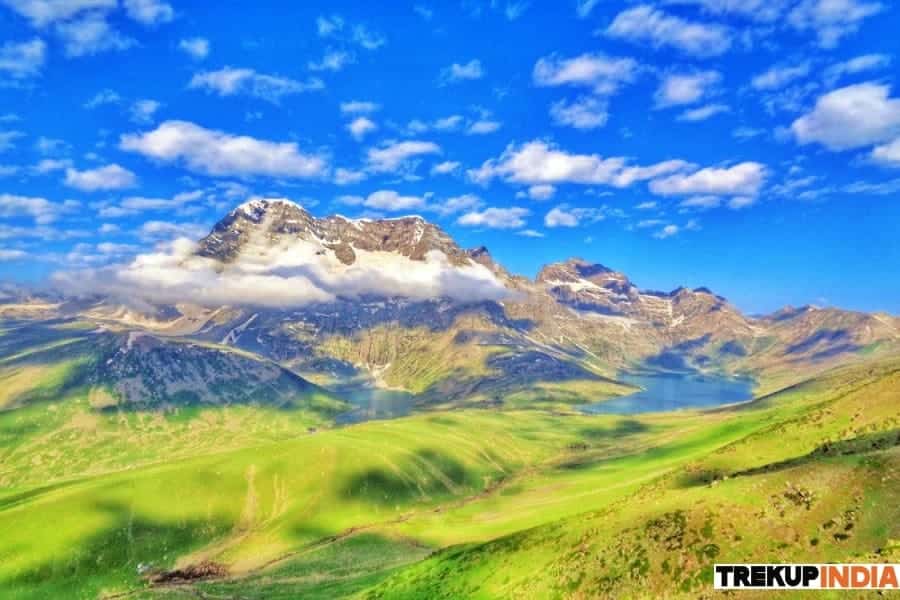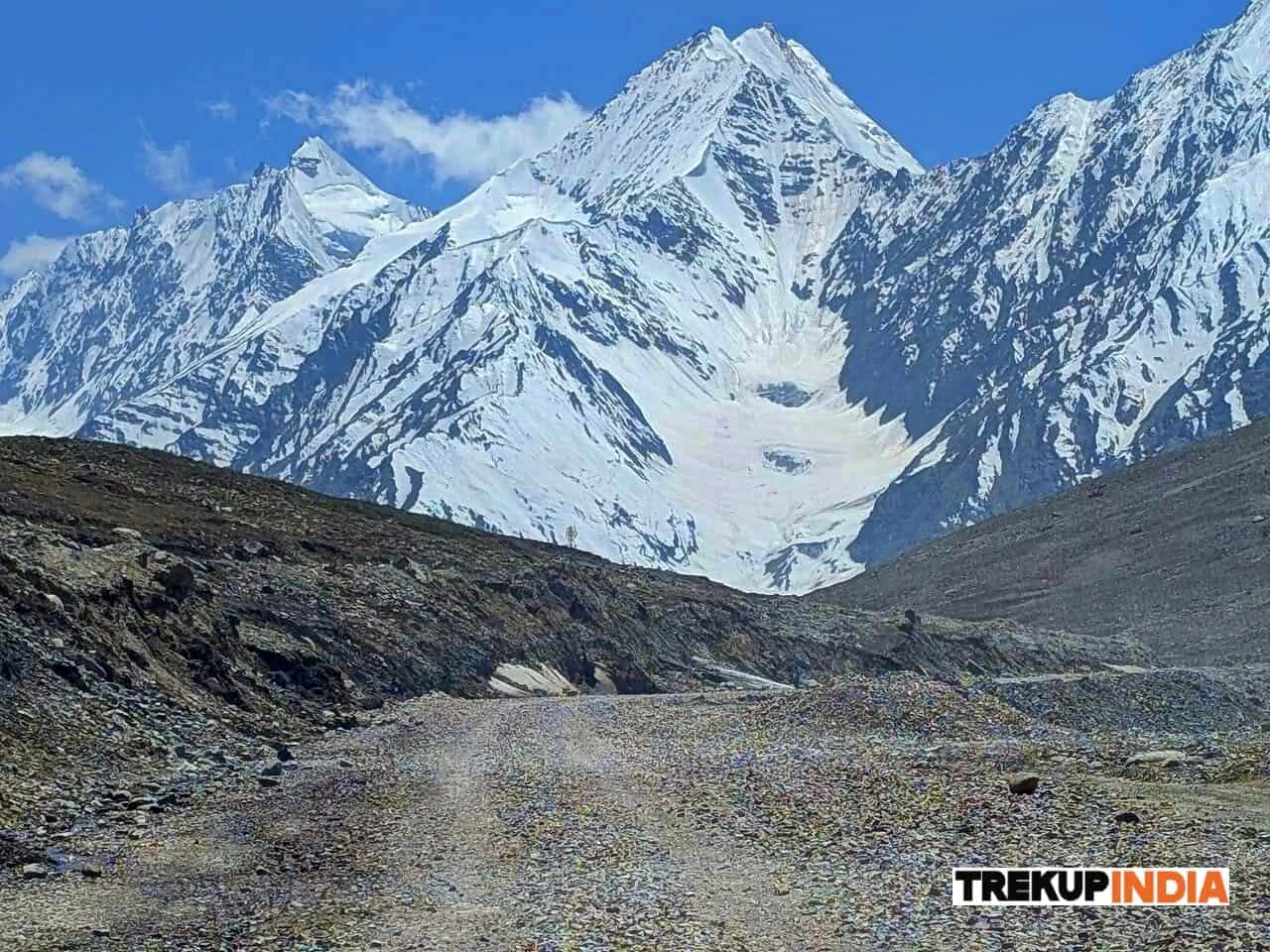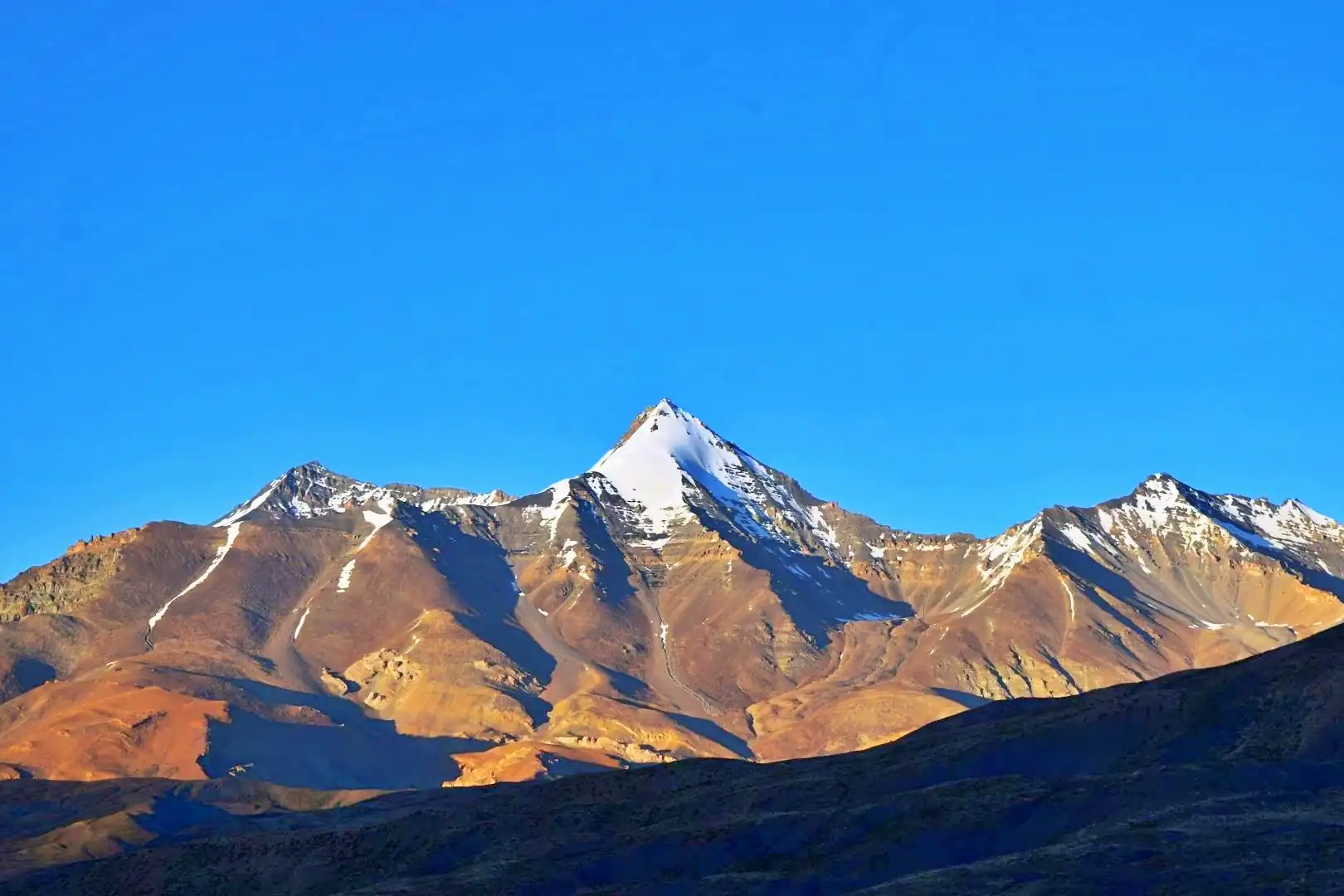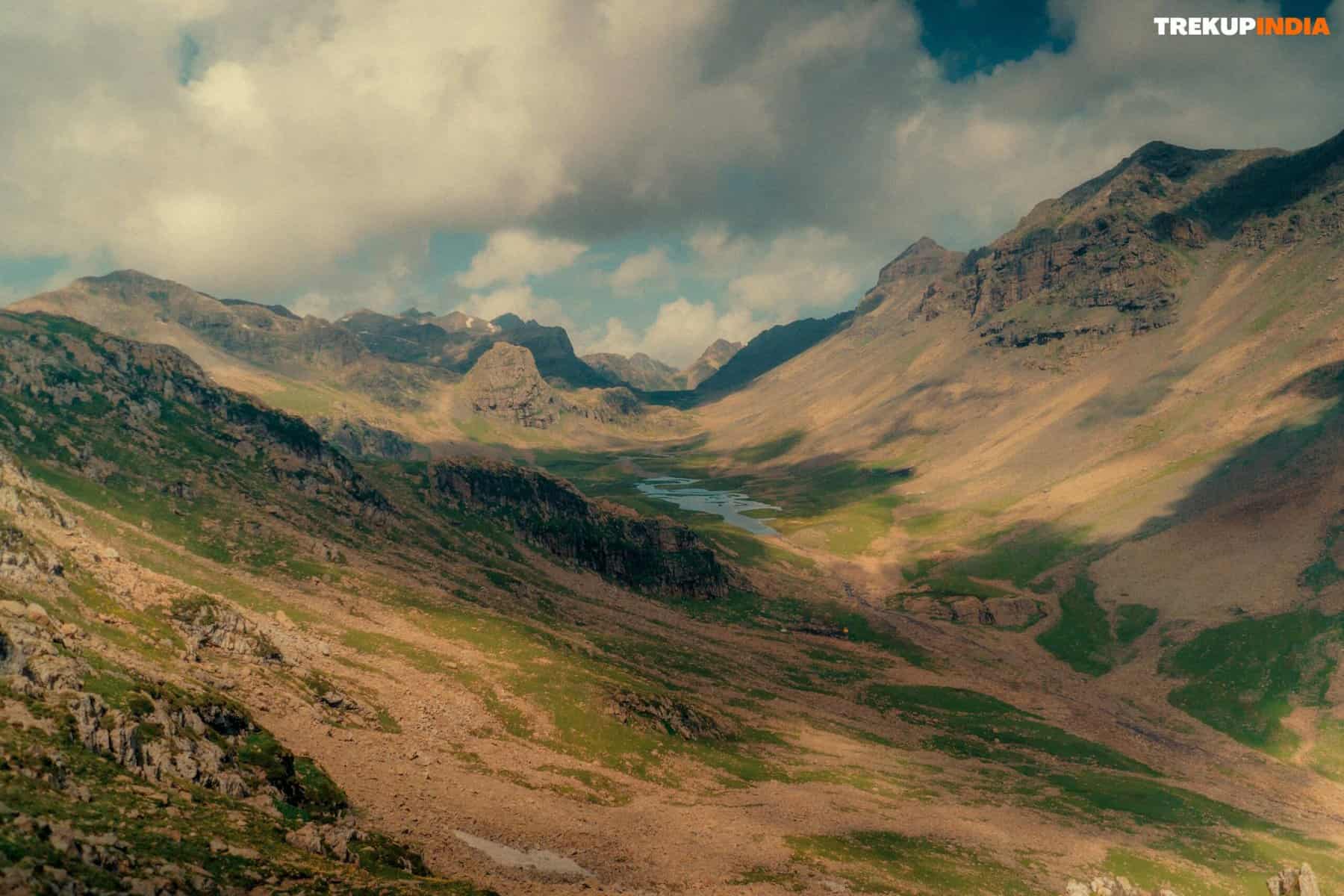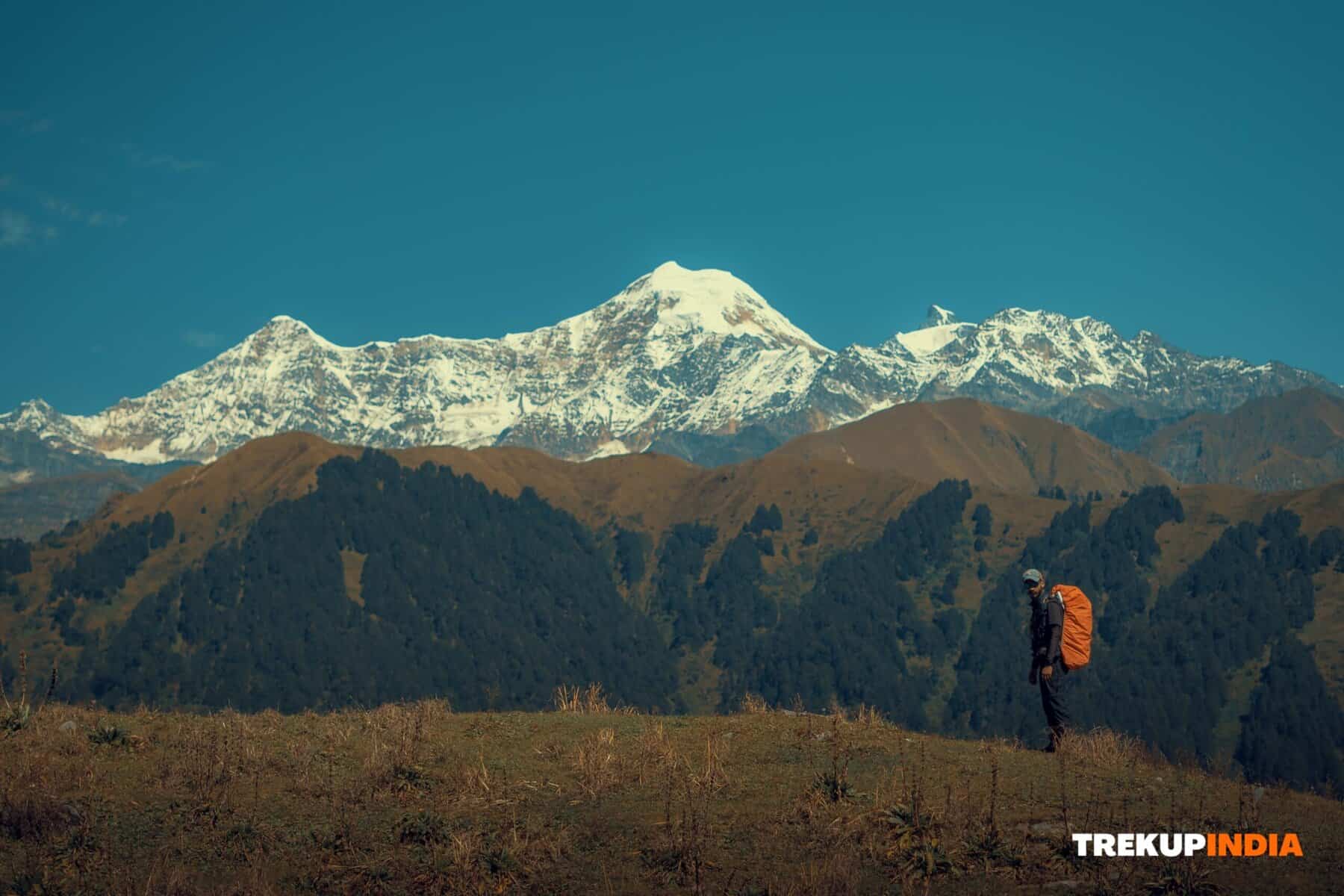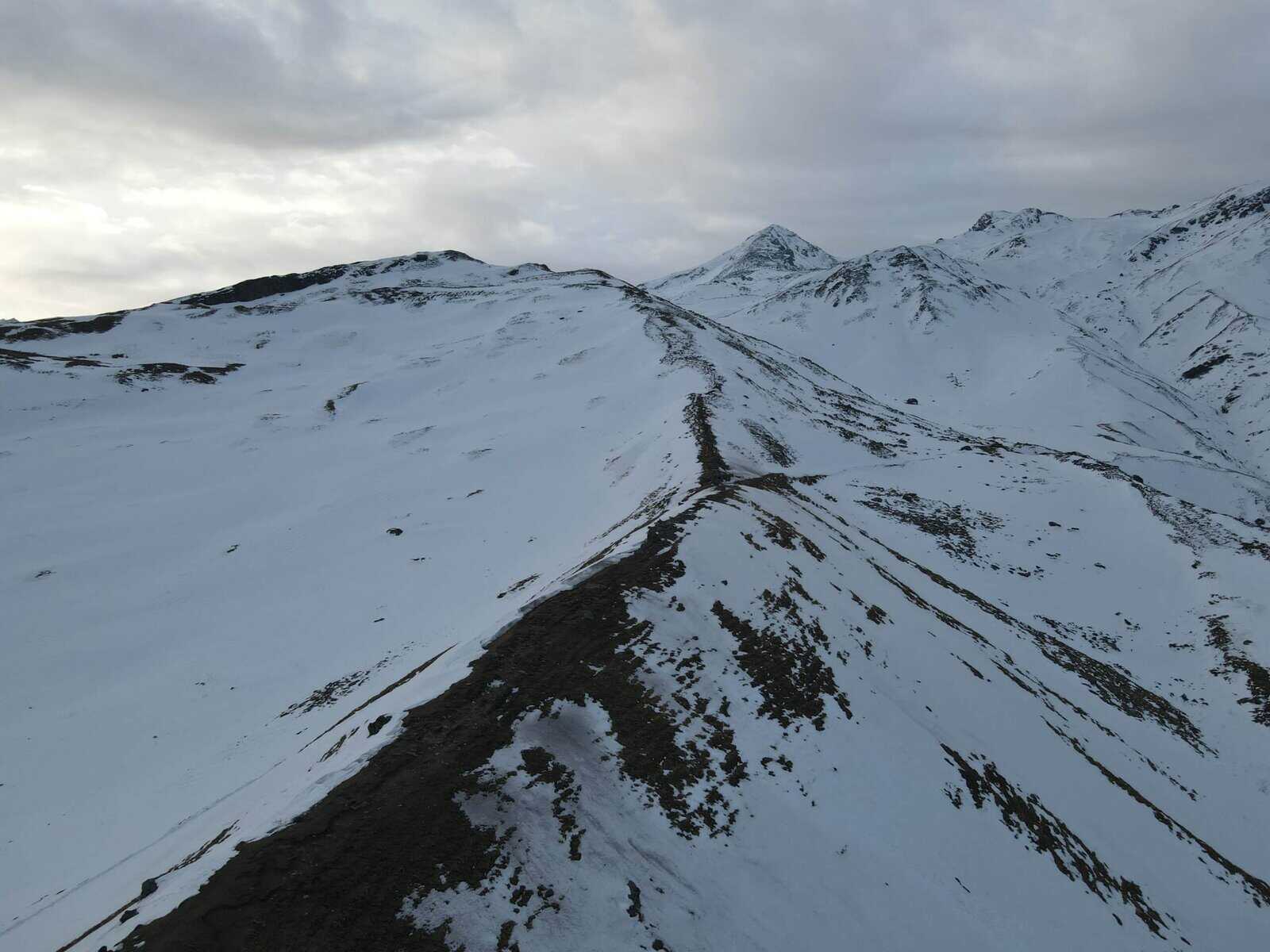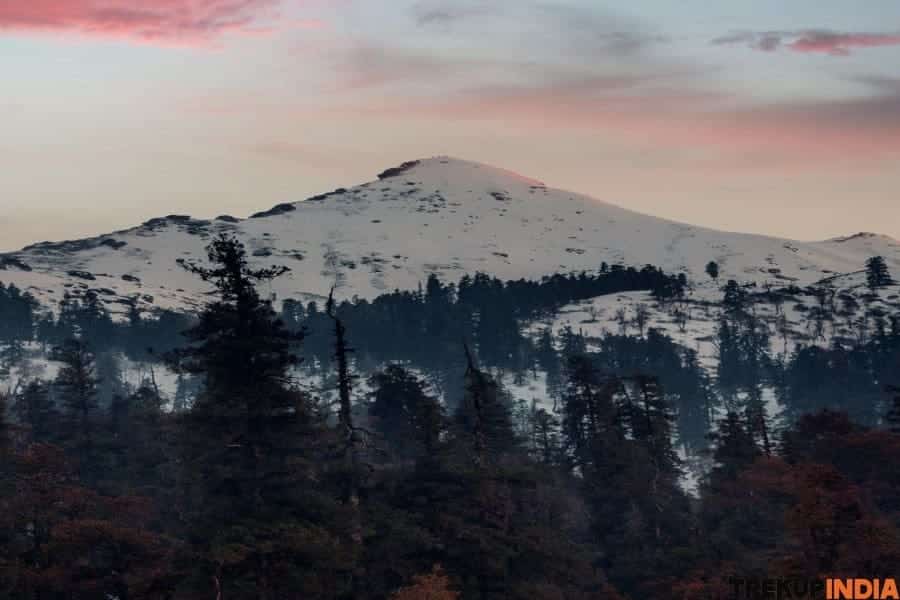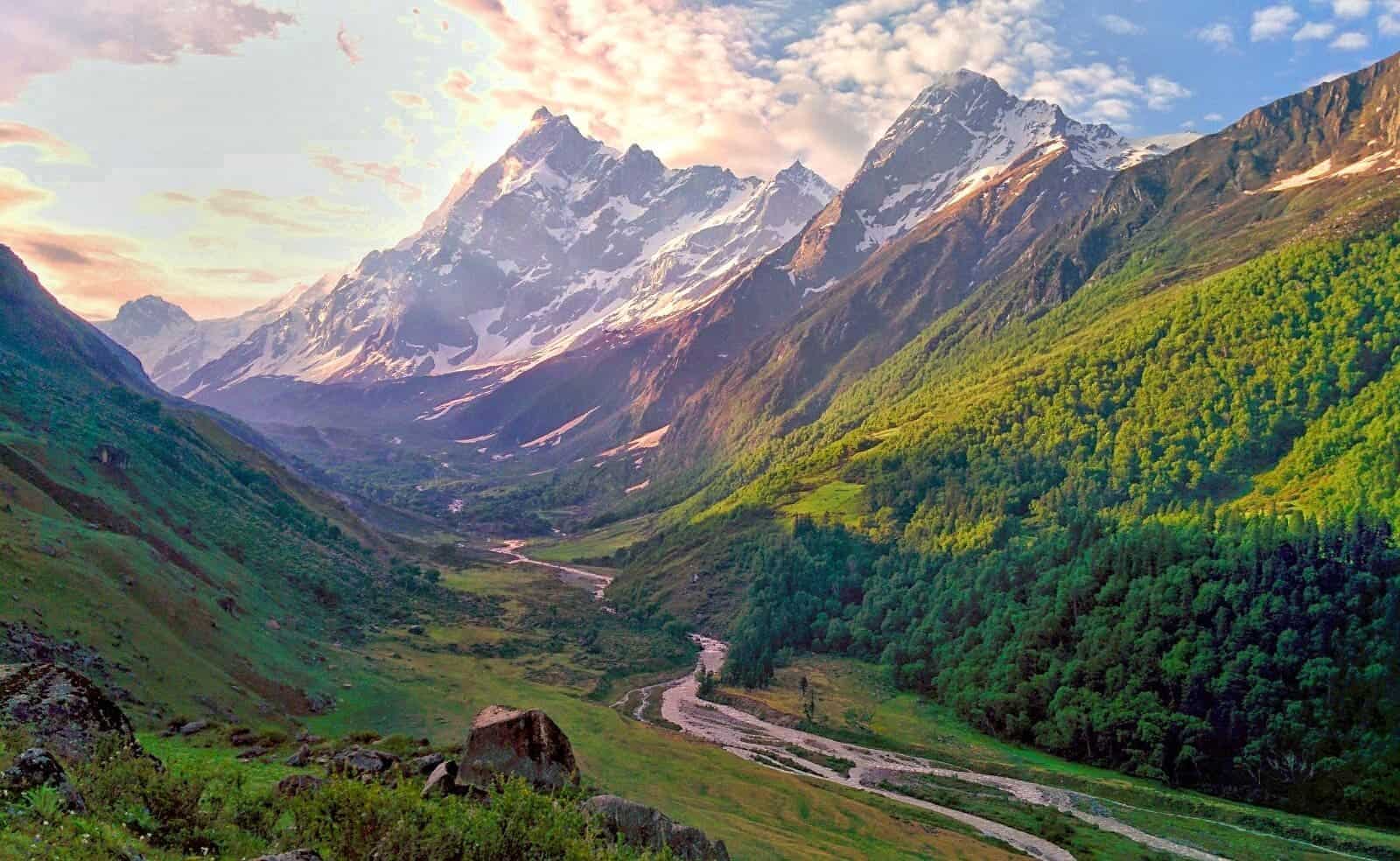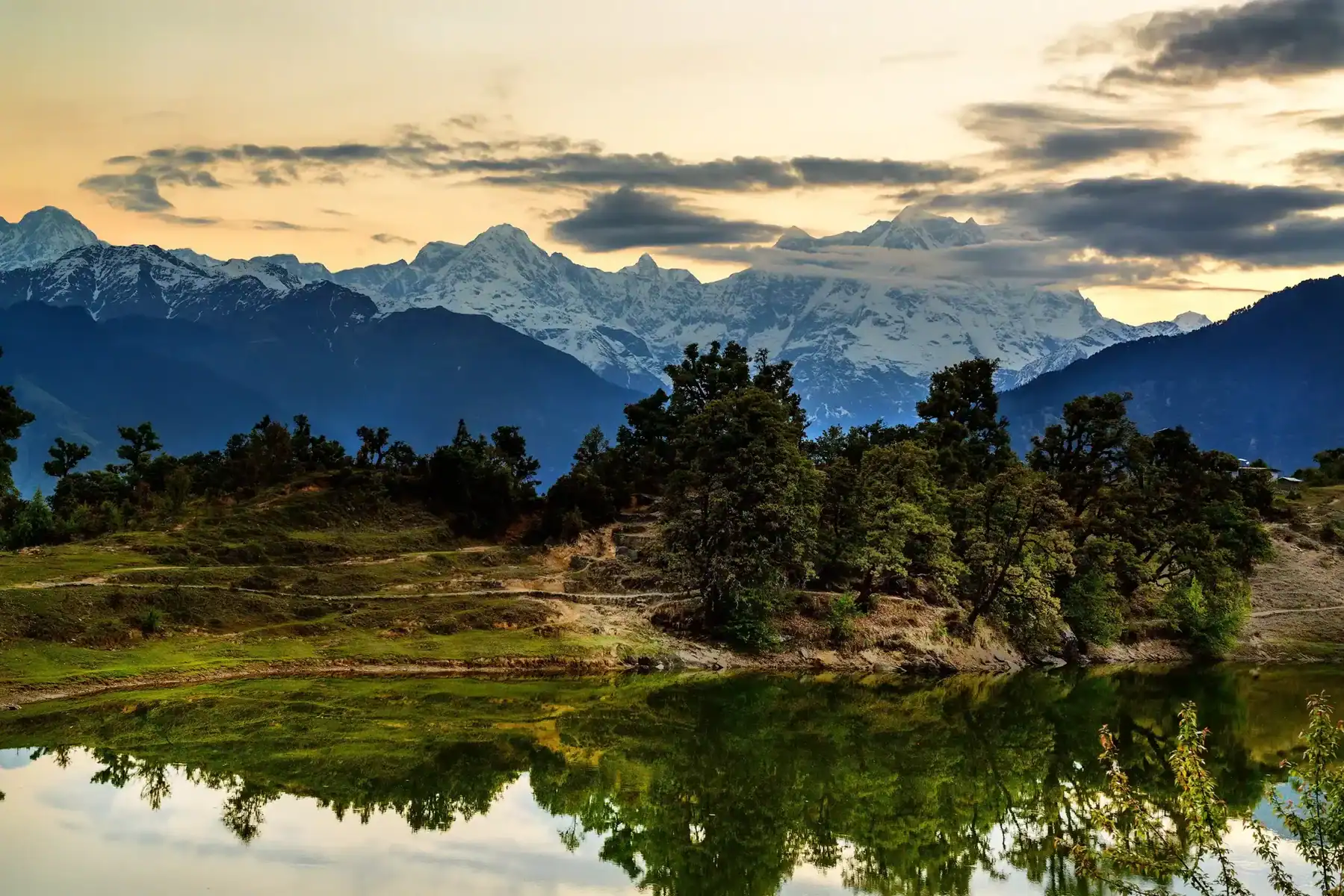Bhardwaj Lake Trek
Bhardwaj Lake Trek
| Region: | Delhi |
| Duration: | 1 Day |
| Trek grade: | Easy |
| Maximum altitude: | ft |
| Best Time to Visit: | Any Time |
Bhardwaj Lake Trek is a four-hour hike from Delhi ideal for those who are new to the trek and families. It isn’t a very popular activity in Delhi despite its proximity to some of the most beautiful trekking trails in India like this one. The forest trail is located in the fragile and ecologically pristine Aravali Hills. It’s a straightforward hike ideal for families looking to spend some time away from the city. Delhi is situated in the middle of a huge, preserved portion of Aravali hills. The is a forested Delhi ridge falls under the security of Asola Wildlife Sanctuary. The semi-arid forest contains one of the most thrilling and untrodden nature trails. They can be interesting day walks. The thrill of hiking through an arid, semi-arid forest trail and having the chance to spot a wild leopard can bring you to your feet and get the pace off.
In total, the Bhardwaj Lake Trek is around eight kilometers. It takes 3-4 hours to cover the distance. It takes about an approximately an hour for getting to the point of departure starting from Kashmiri Gate metro station. The trail begins exactly opposite to the traffic management college. The trail is also known as Pali Road and it ends in Gurgaon. The locals do not know much about Bhardwaj lake, even though they do know about other lakes in the region.
Bhardwaj Lake Trek Guide
In total, the Bhardwaj Lake Trek is around eight kilometers. It takes between 3 and 4 hours to cover the distance. It takes approximately an one hour to get to the point of departure at Kashmiri Gate metro station. The trail begins exactly opposite to the traffic management college. It is also known as Pali Road and it ends in Gurgaon. The locals don’t know anything regarding Bhardwaj lake, even though they are aware of other lakes in the region.Staying on the path continue walking until you see a second, secluded home located to the left side of the trail. The trail splits into two. Choose the one that extends straight ahead, leaving out the trail that runs to the to the right. Continue walking through the forest. Do not take any other trails along the route. In front of you check for two lakes that could be observed from an extended distance. The lake to your left side is Death Valley lake. The lake on left is Bhardwaj lake.
Take a walk toward Bhardwaj lake. There are numerous trails that will lead you to the shores of the lake. The lake is vast and stunning. The water is crystal clear and full of freshwater fishes. It is possible to spend the entire day here. Take the same route on your return.
Dates For Upcoming Treks
Want To Trek Like Pro?
Basically, watch these videos if you want to trek the same way professional trekkers do and make your skills better. These videos contain useful tips and techniques to further improve your trekking skills itself. These videos actually help both new and experienced trekkers improve their trekking skills. These videos definitely provide useful tips that make your trek better. We are seeing that these videos by Trekup India experts will only help you make your trekking skills better.
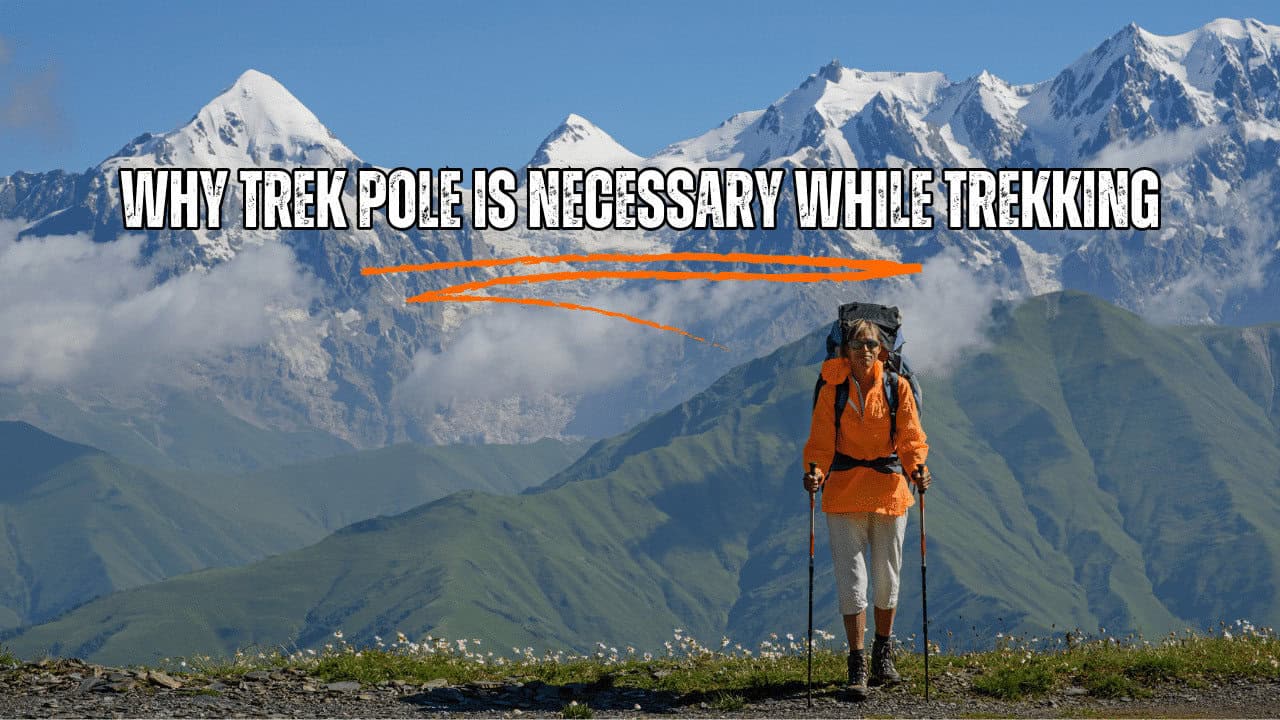
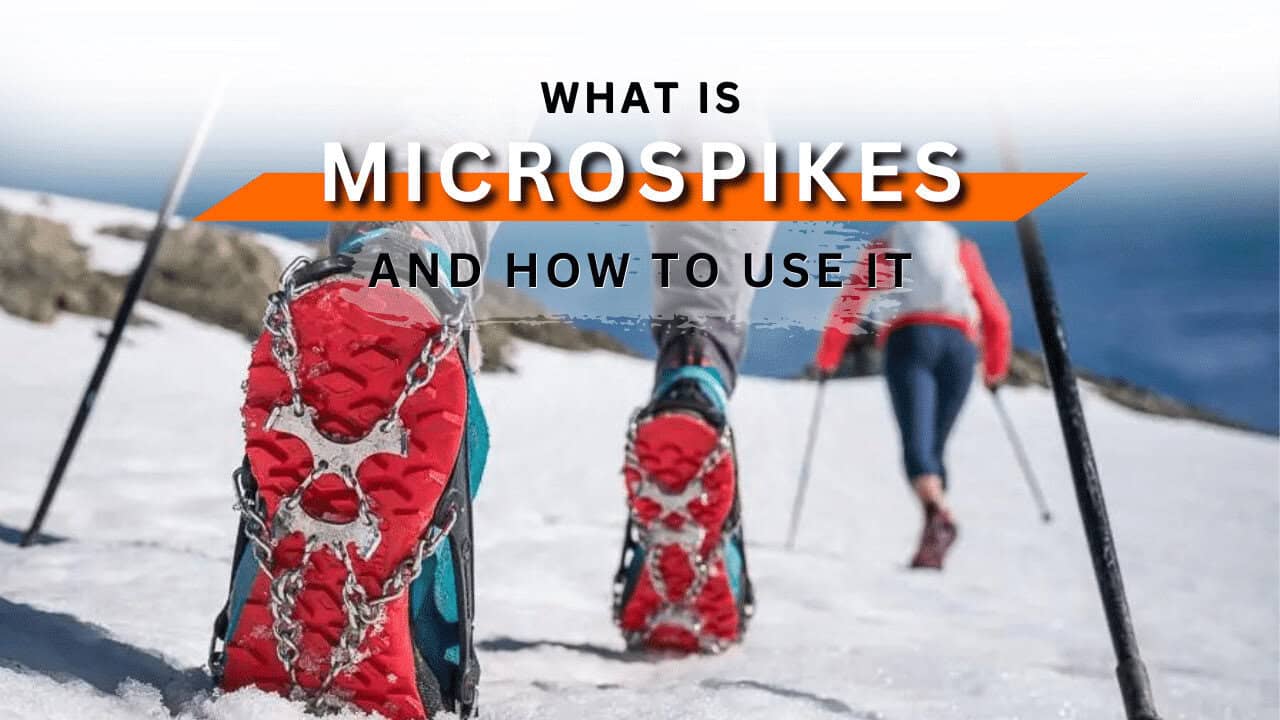
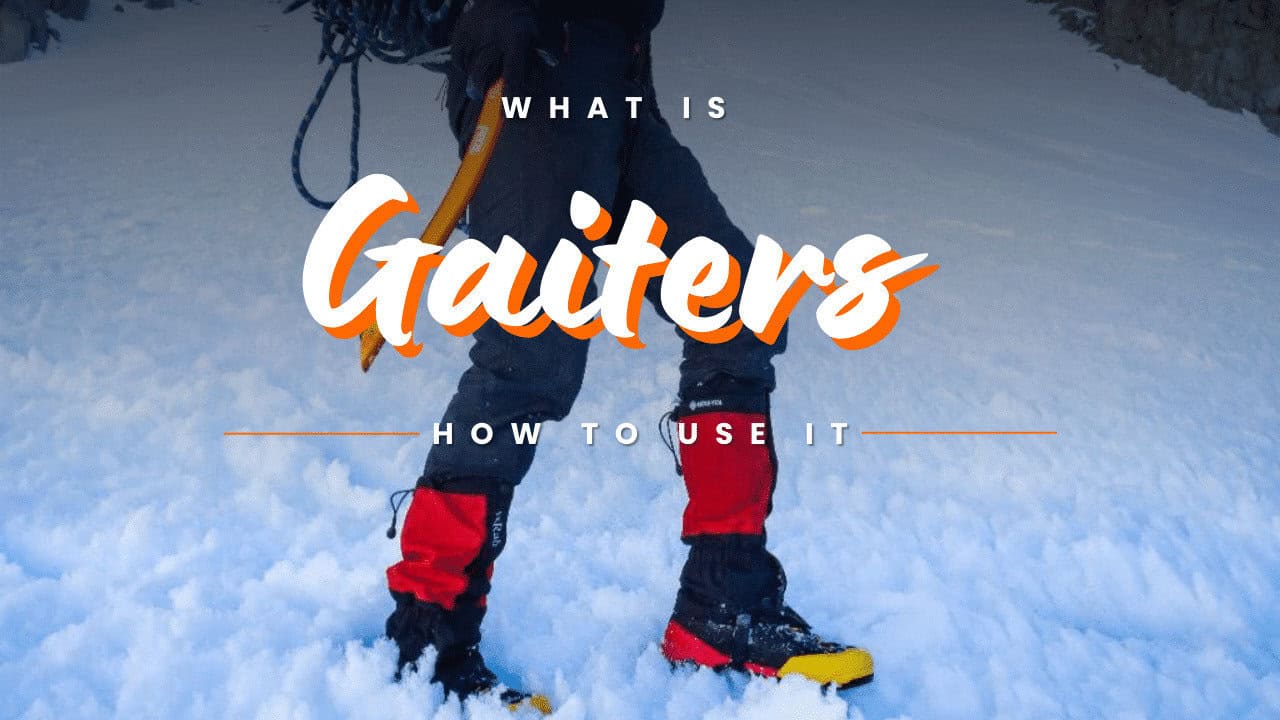
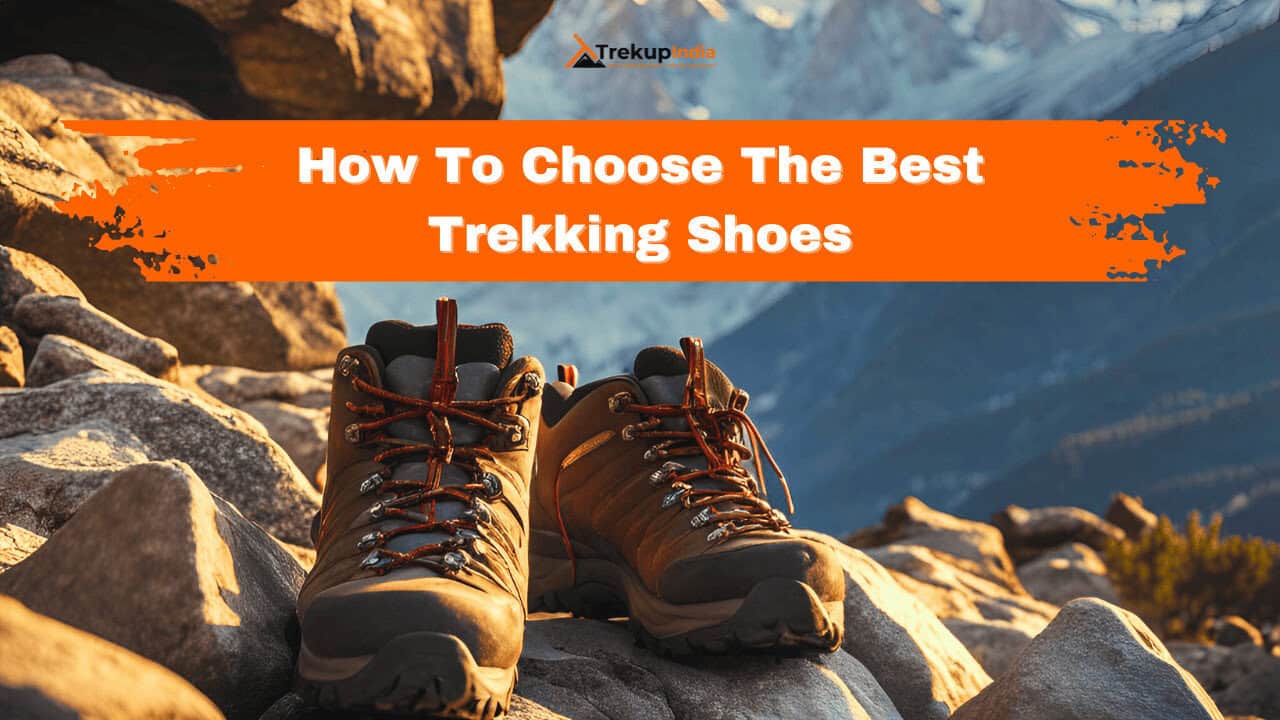
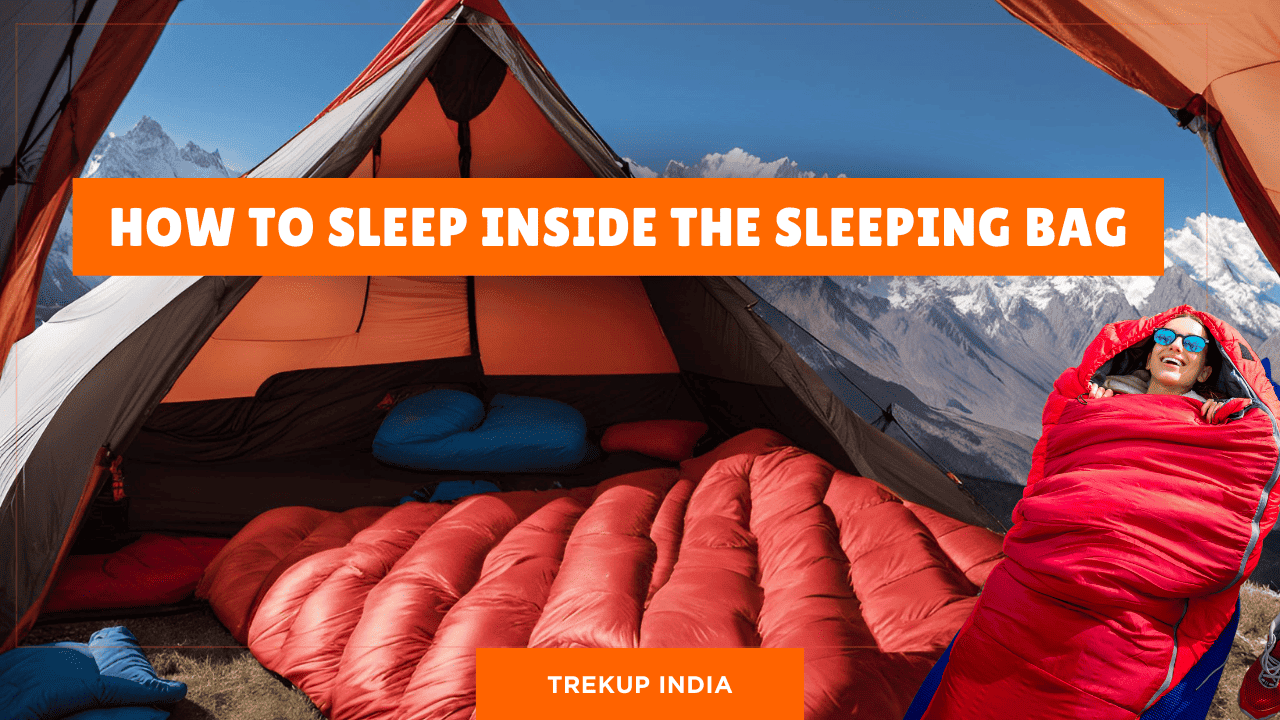
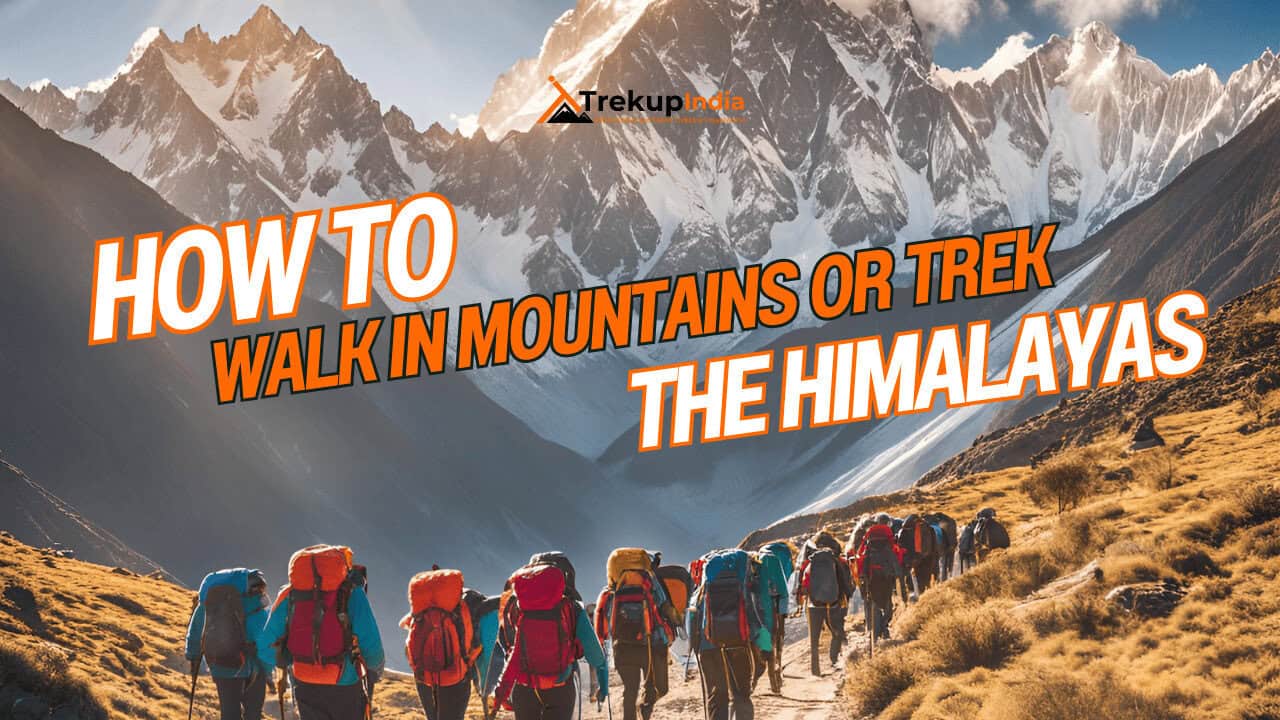
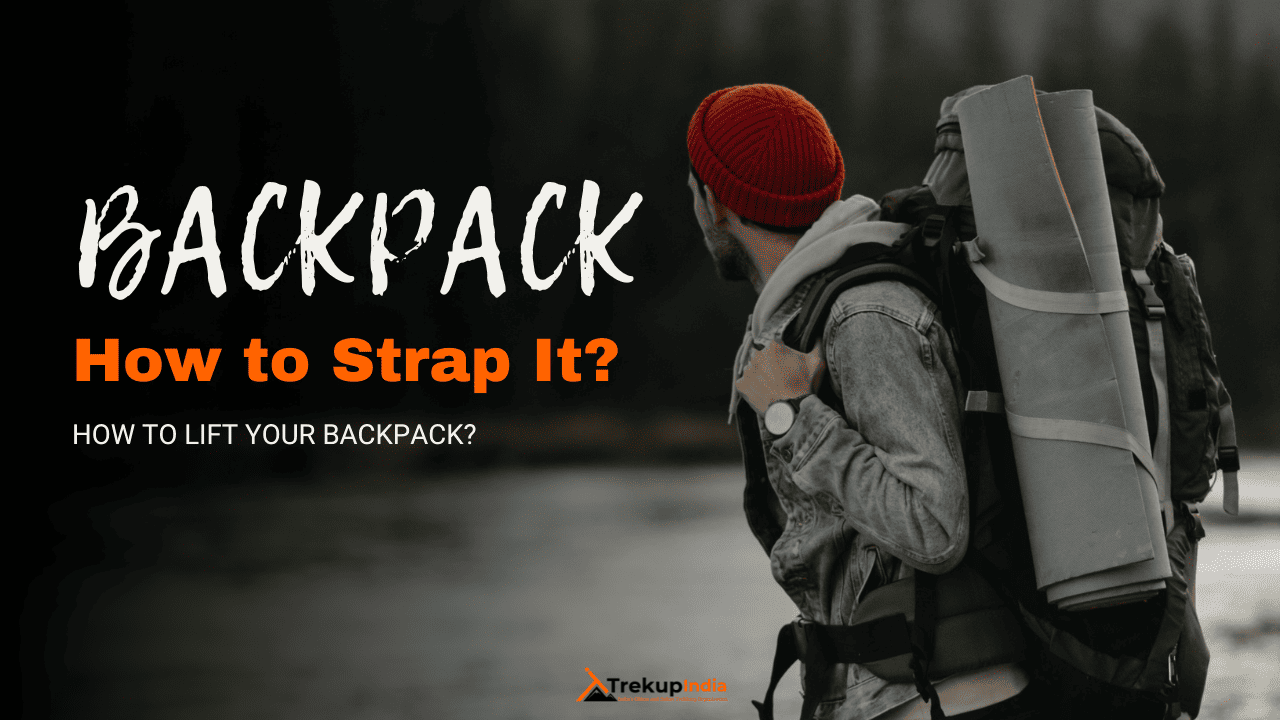
Know Everything About Acute Mountain Sickness
Acute Mountain Sickness occurs when people trek to high altitudes above 8,000 feet. This condition itself develops further due to reduced oxygen levels at such heights. Basically, as you go higher up, the air pressure and oxygen levels decrease, which causes the same problem. Acute Mountain Sickness surely causes headache, nausea, vomiting, and dizziness in affected persons. Moreover, peoples also experience difficulty in sleeping during this condition. To avoid mountain sickness, you should actually trek up slowly to higher altitudes. To learn further about this condition itself, watch the videos by Trekup India.
